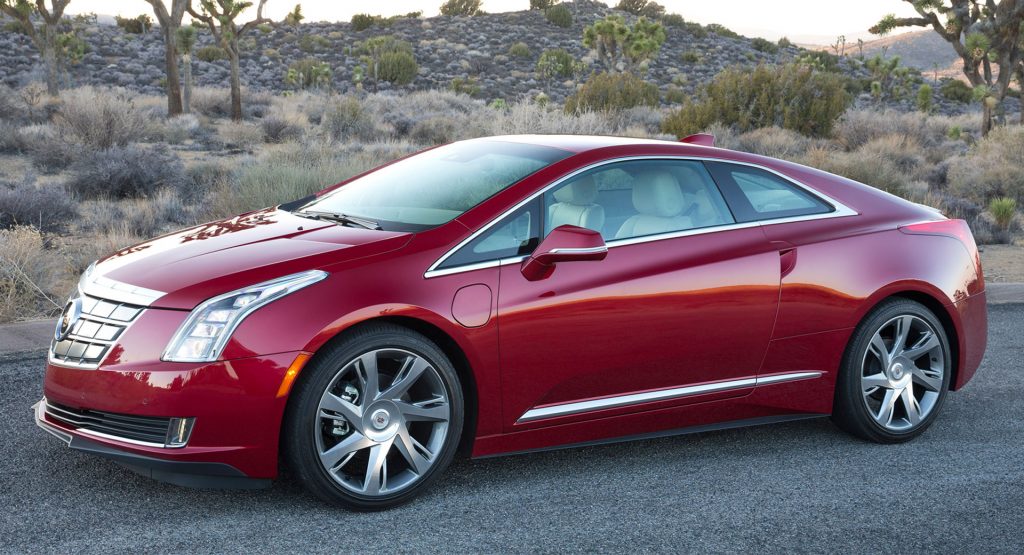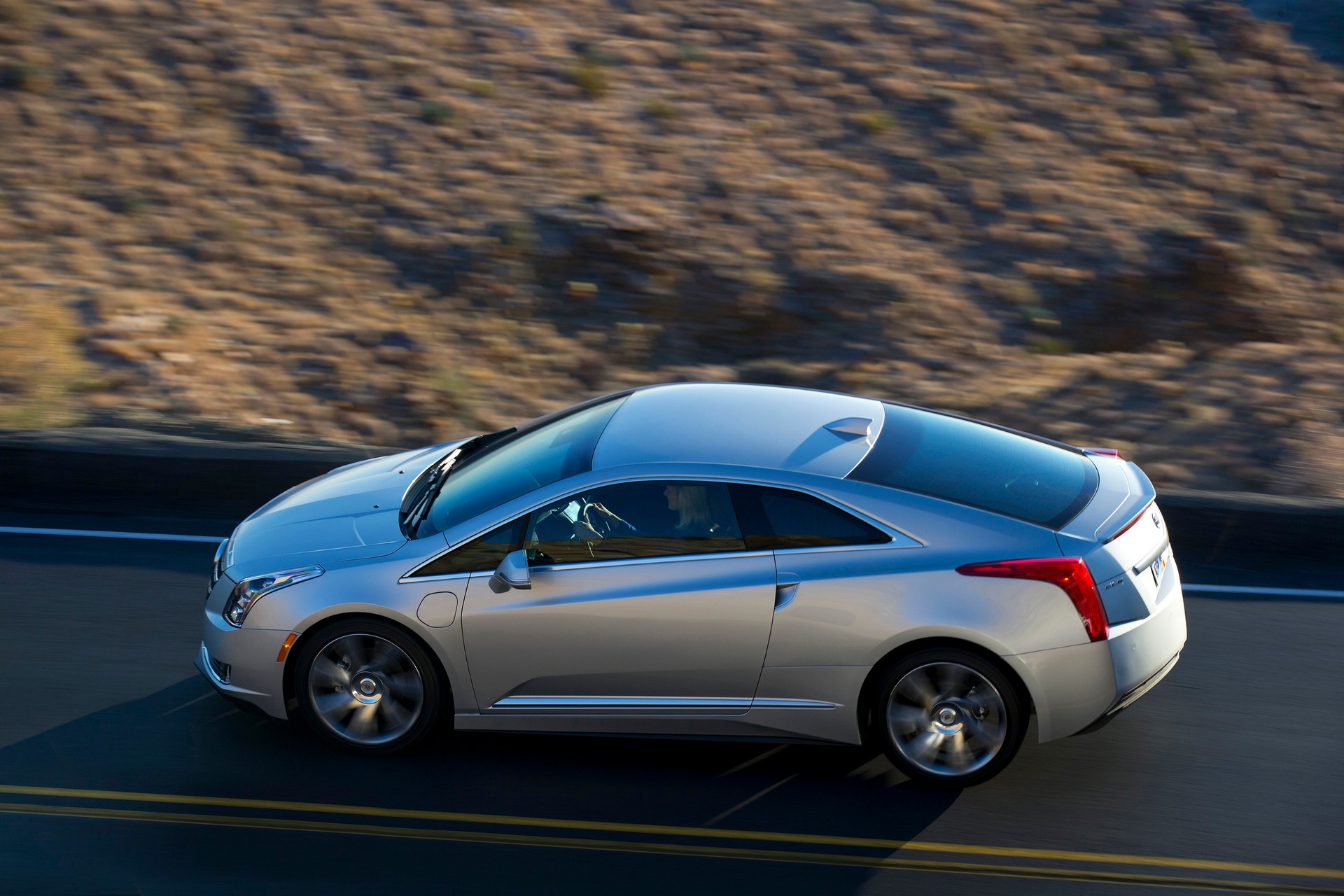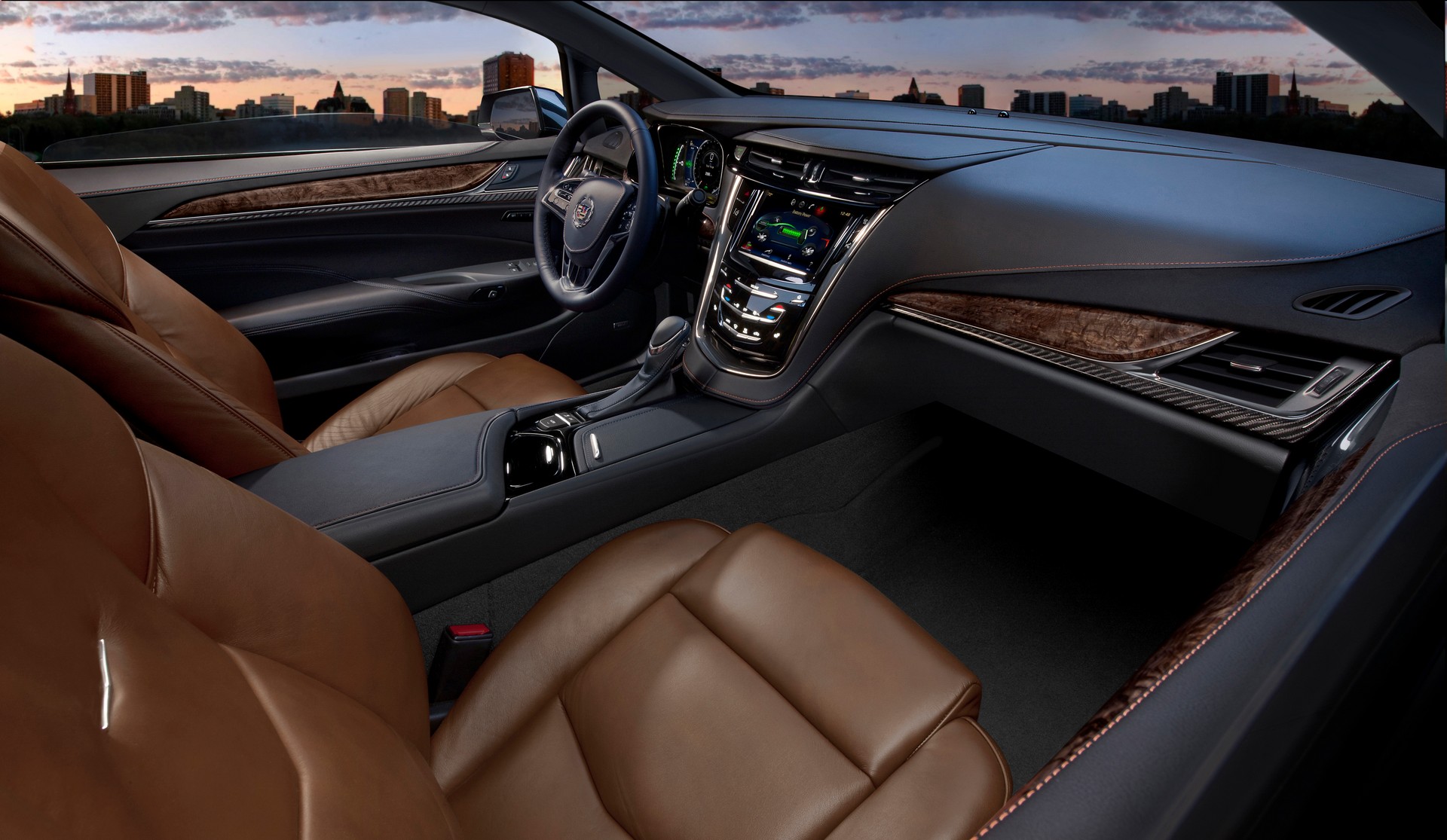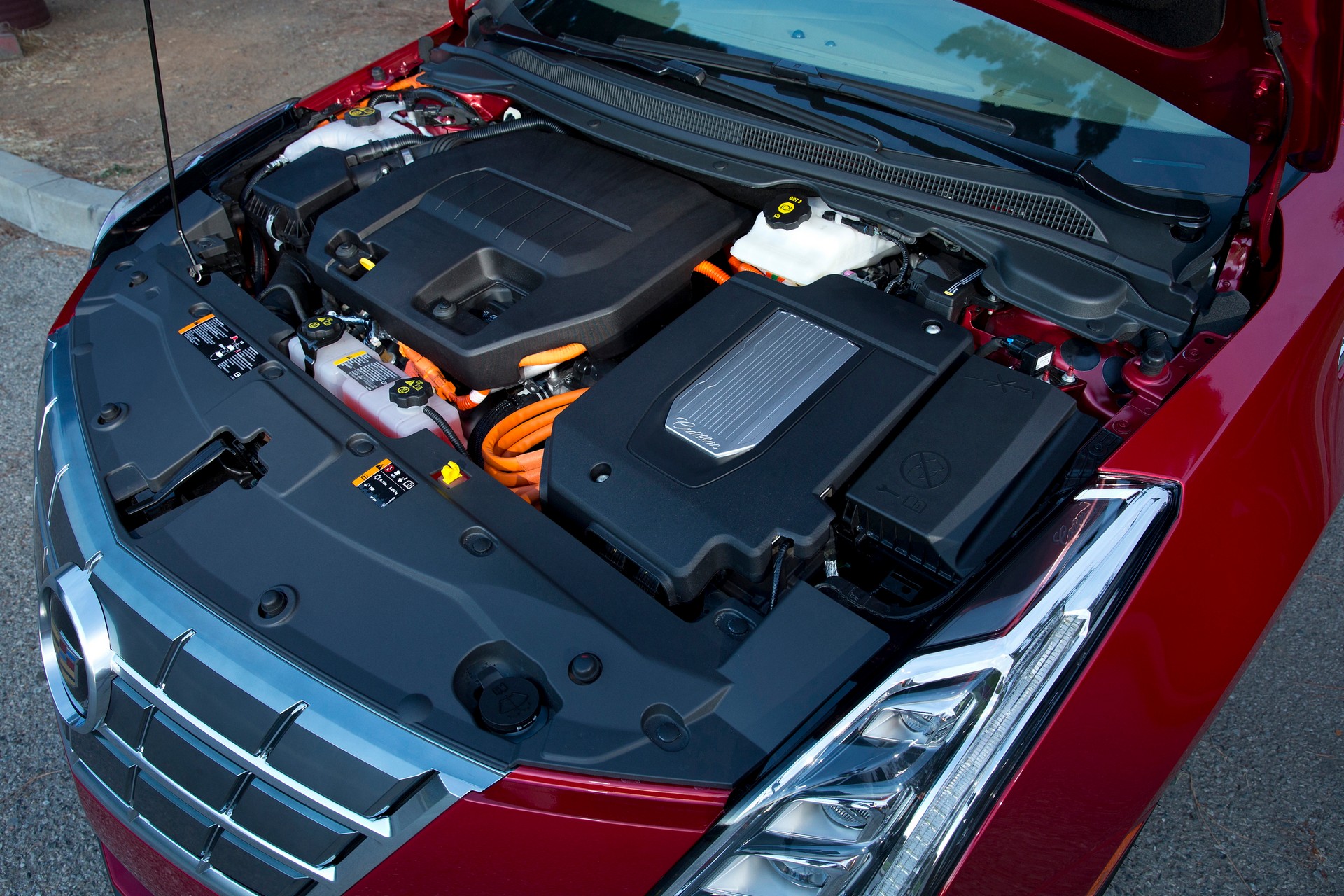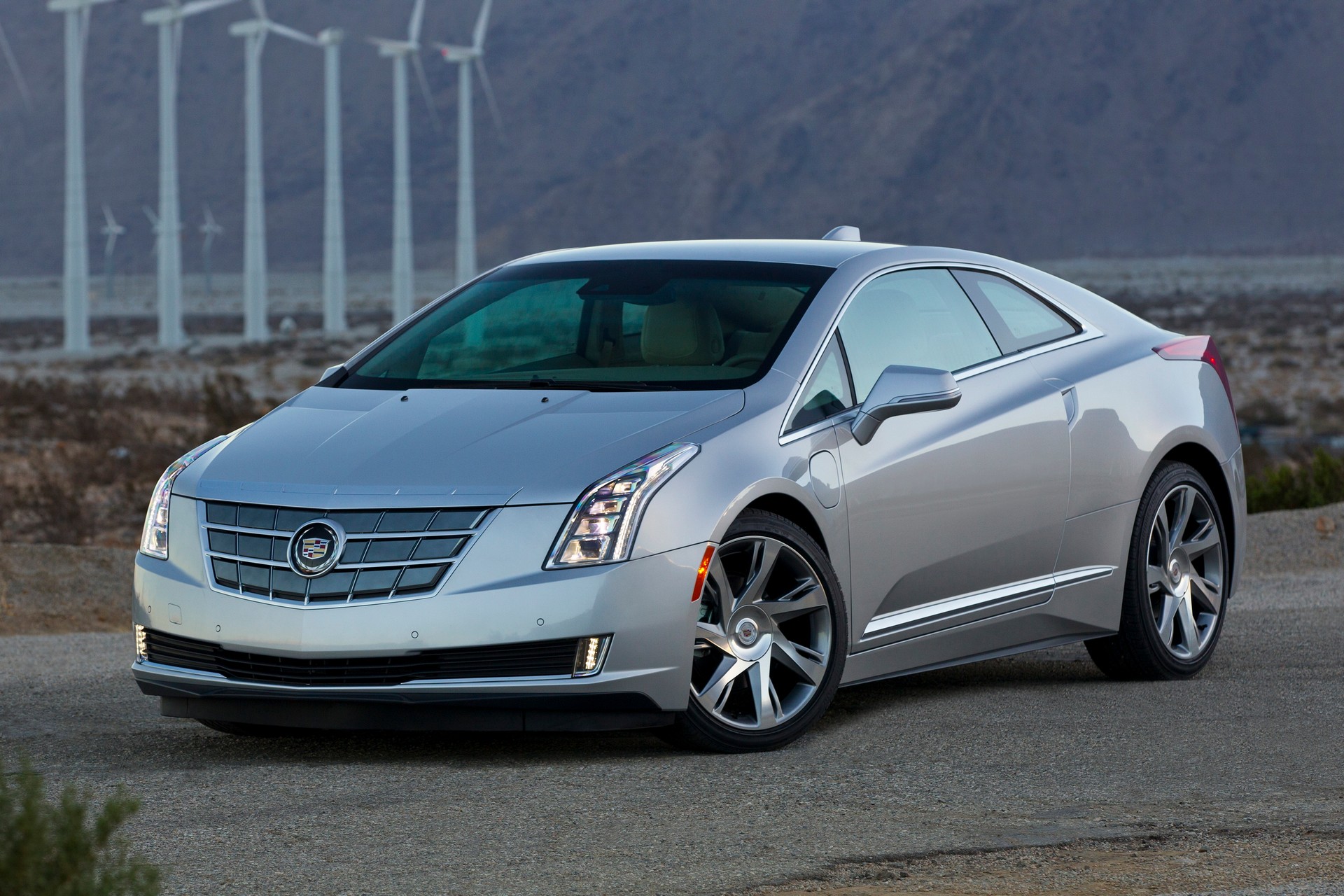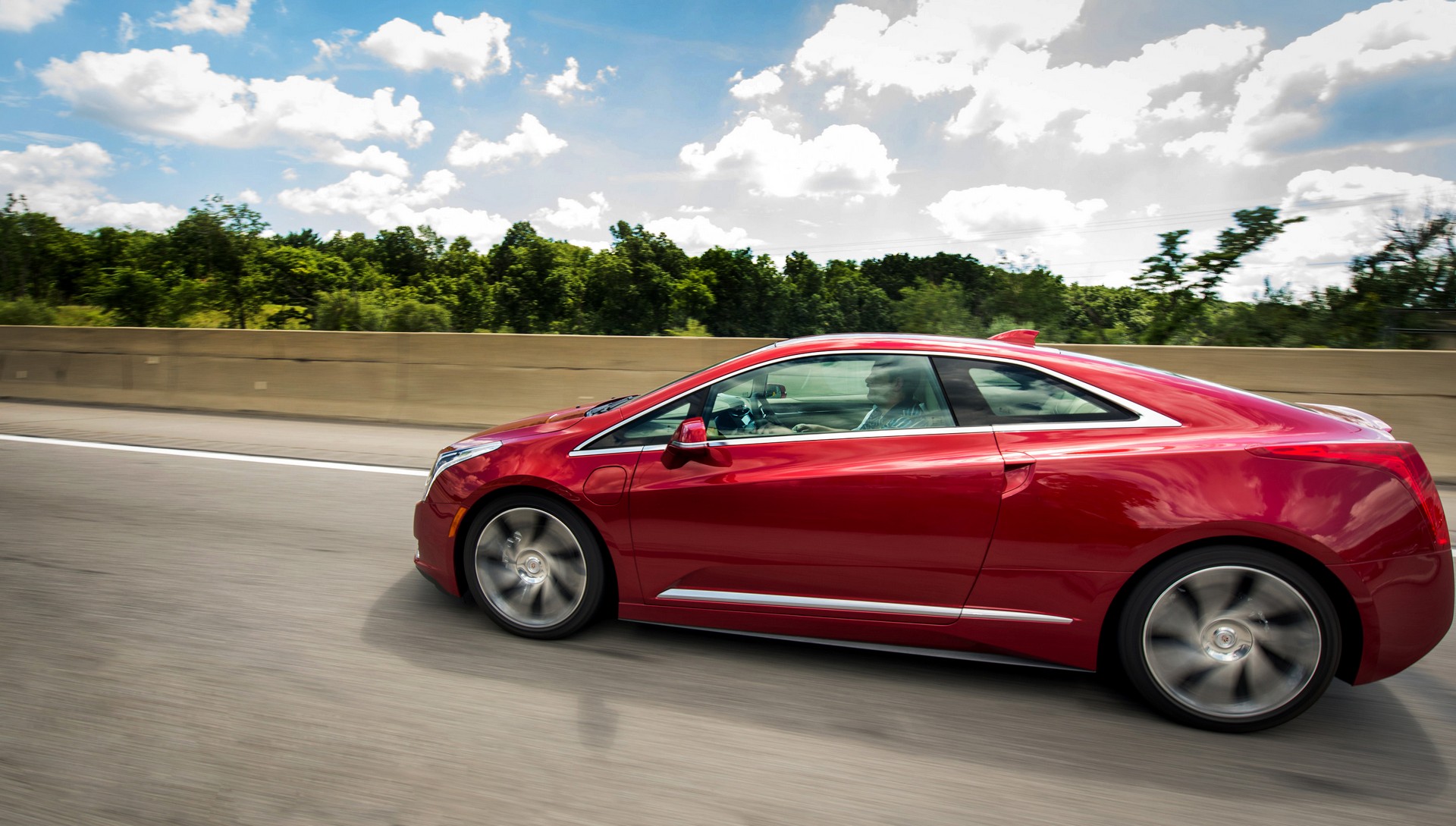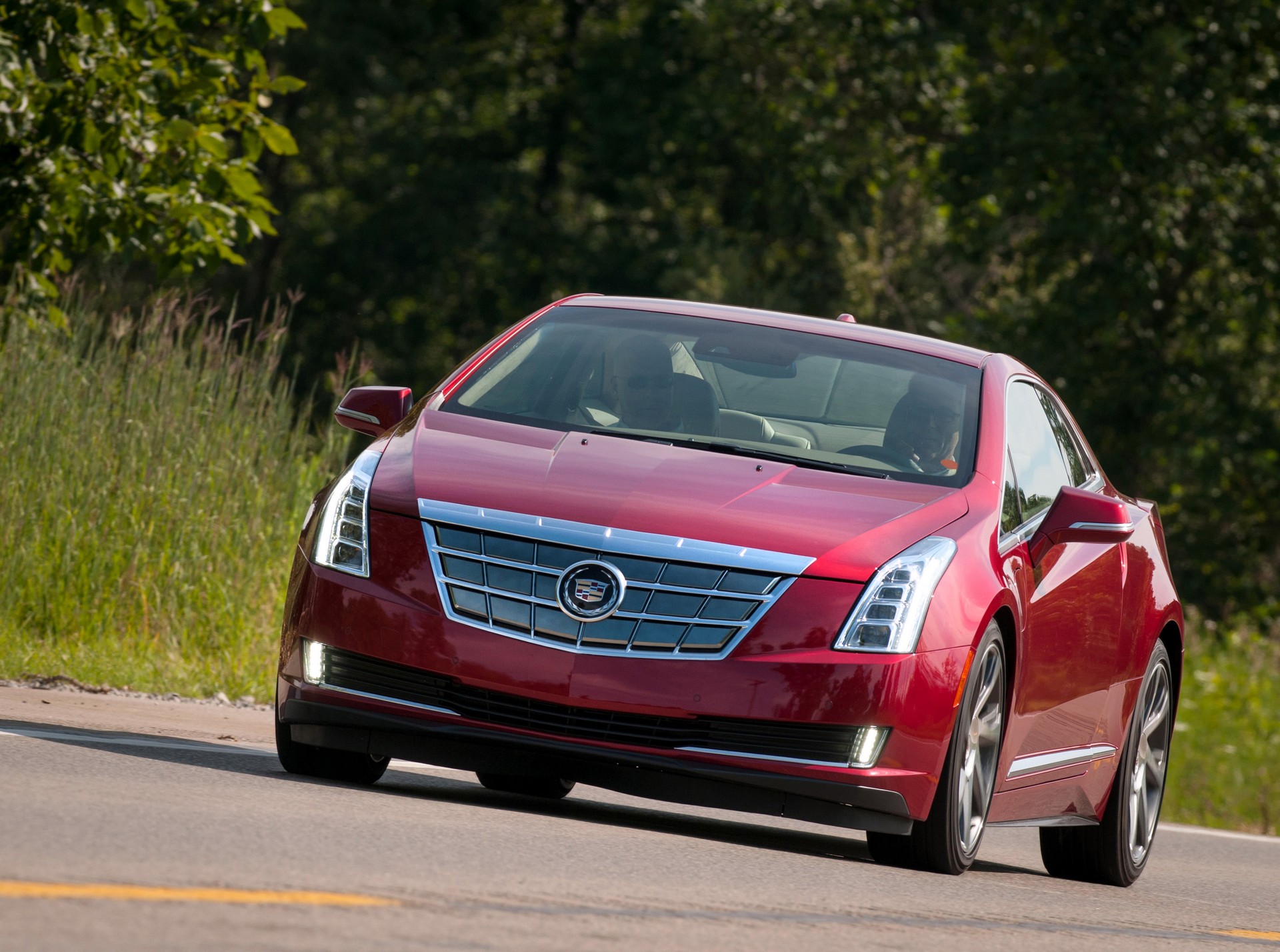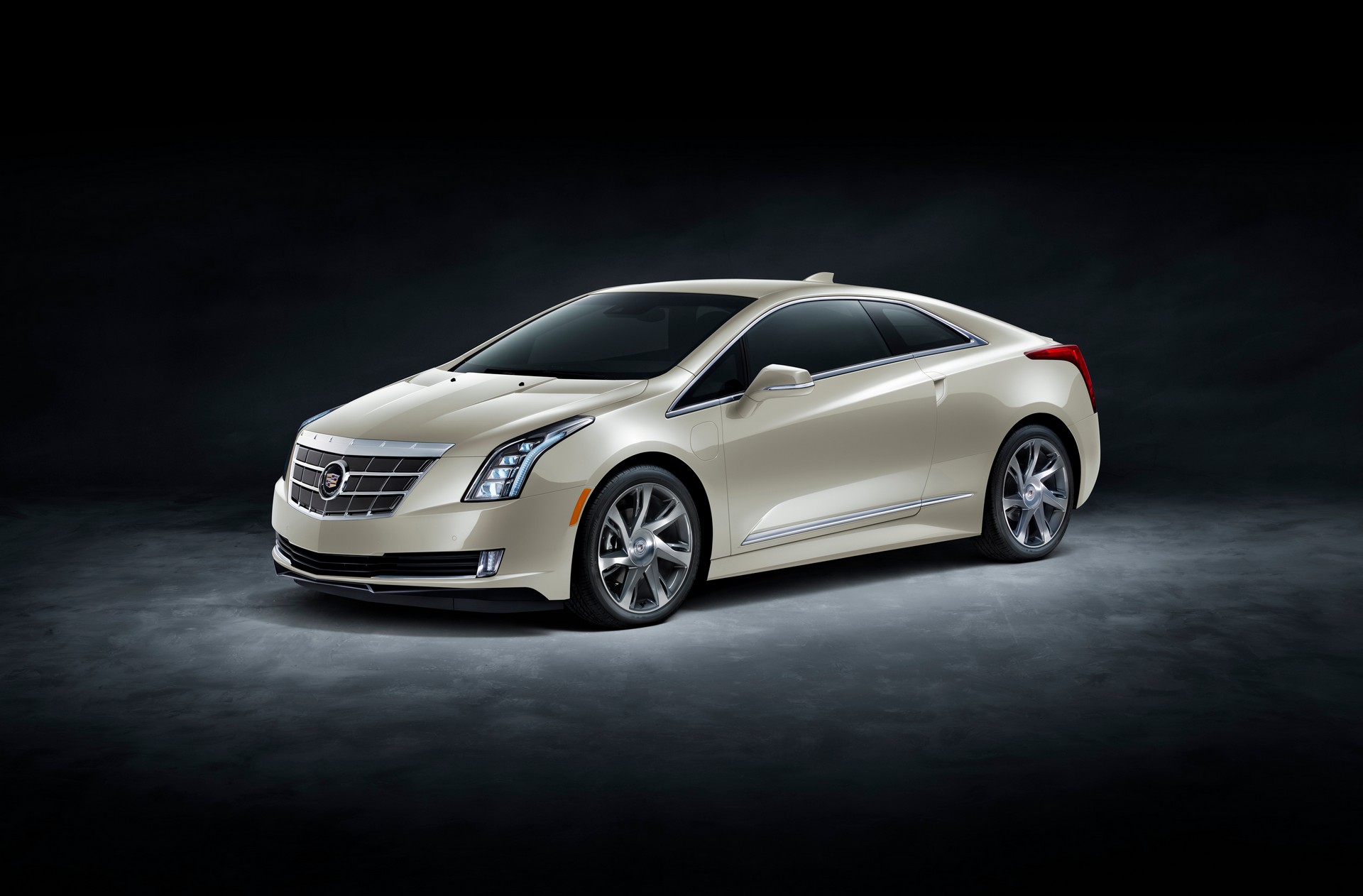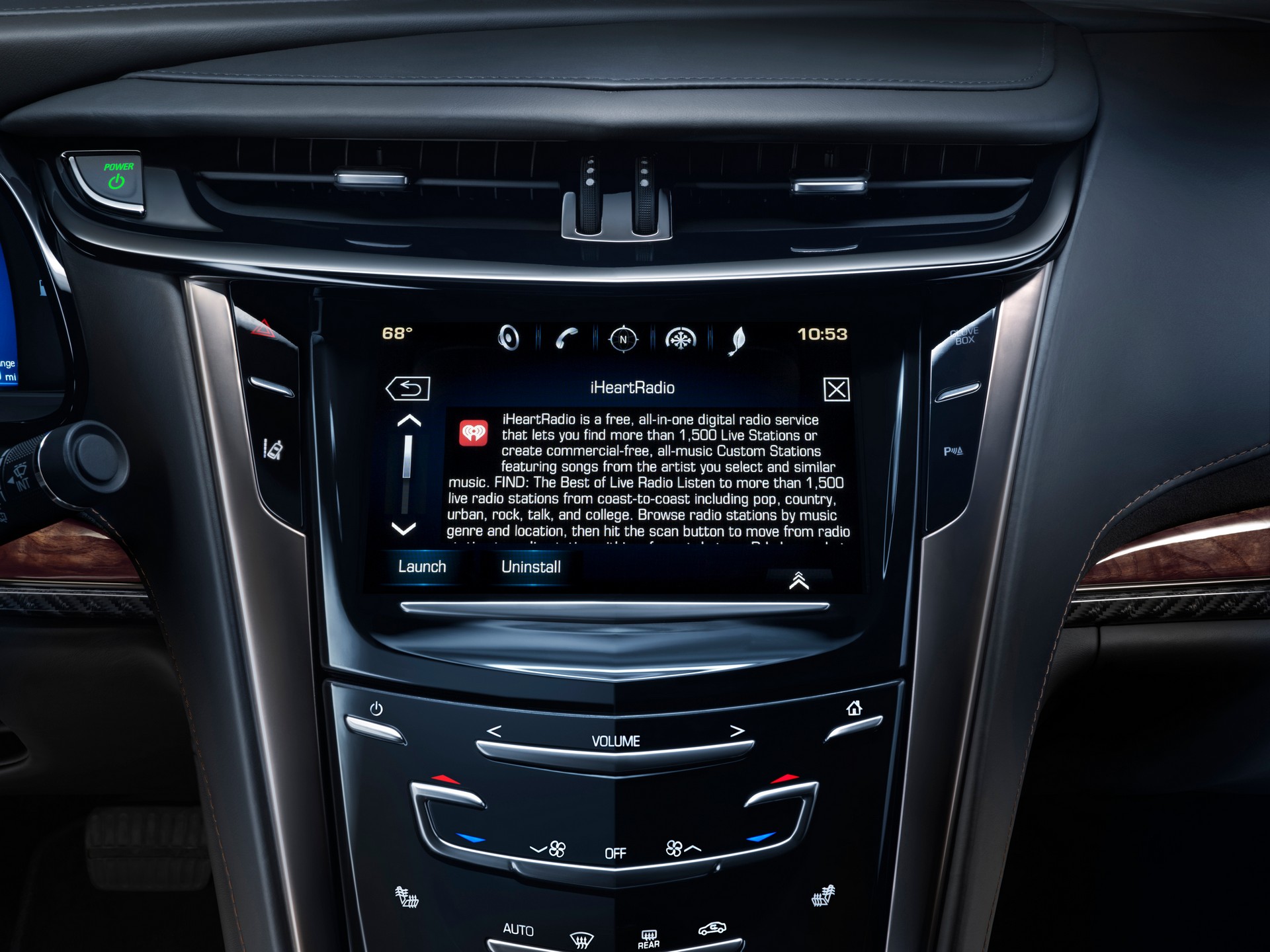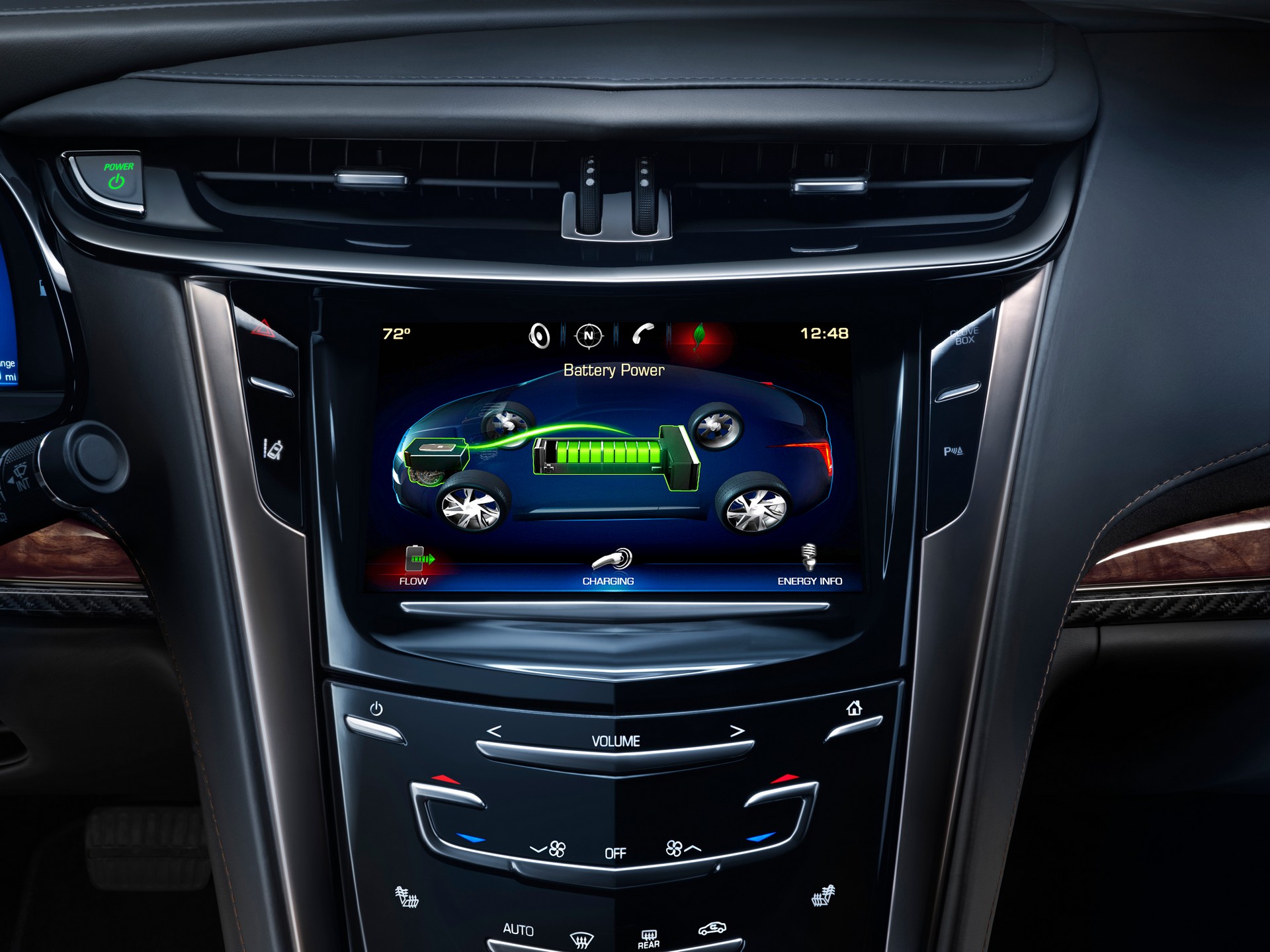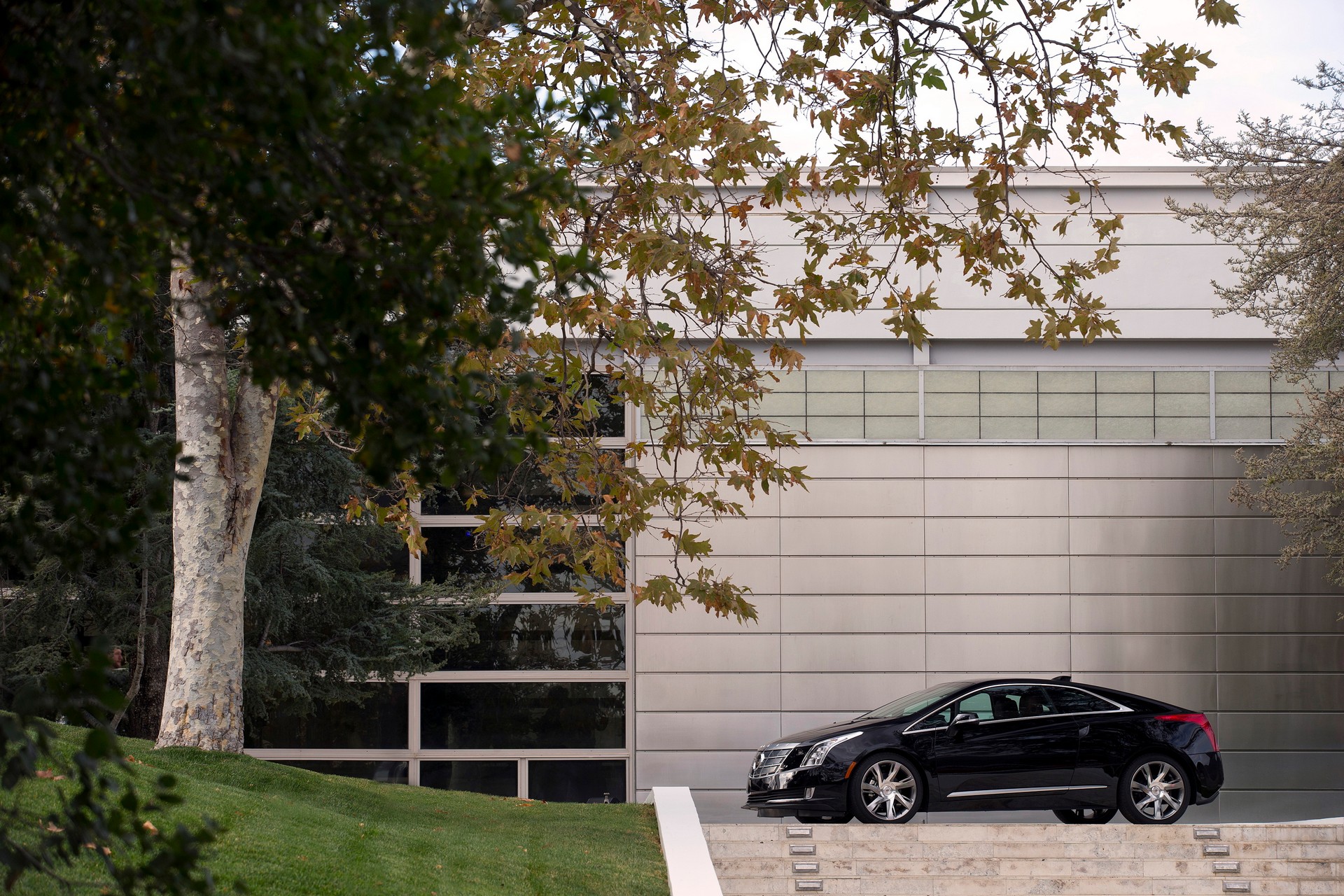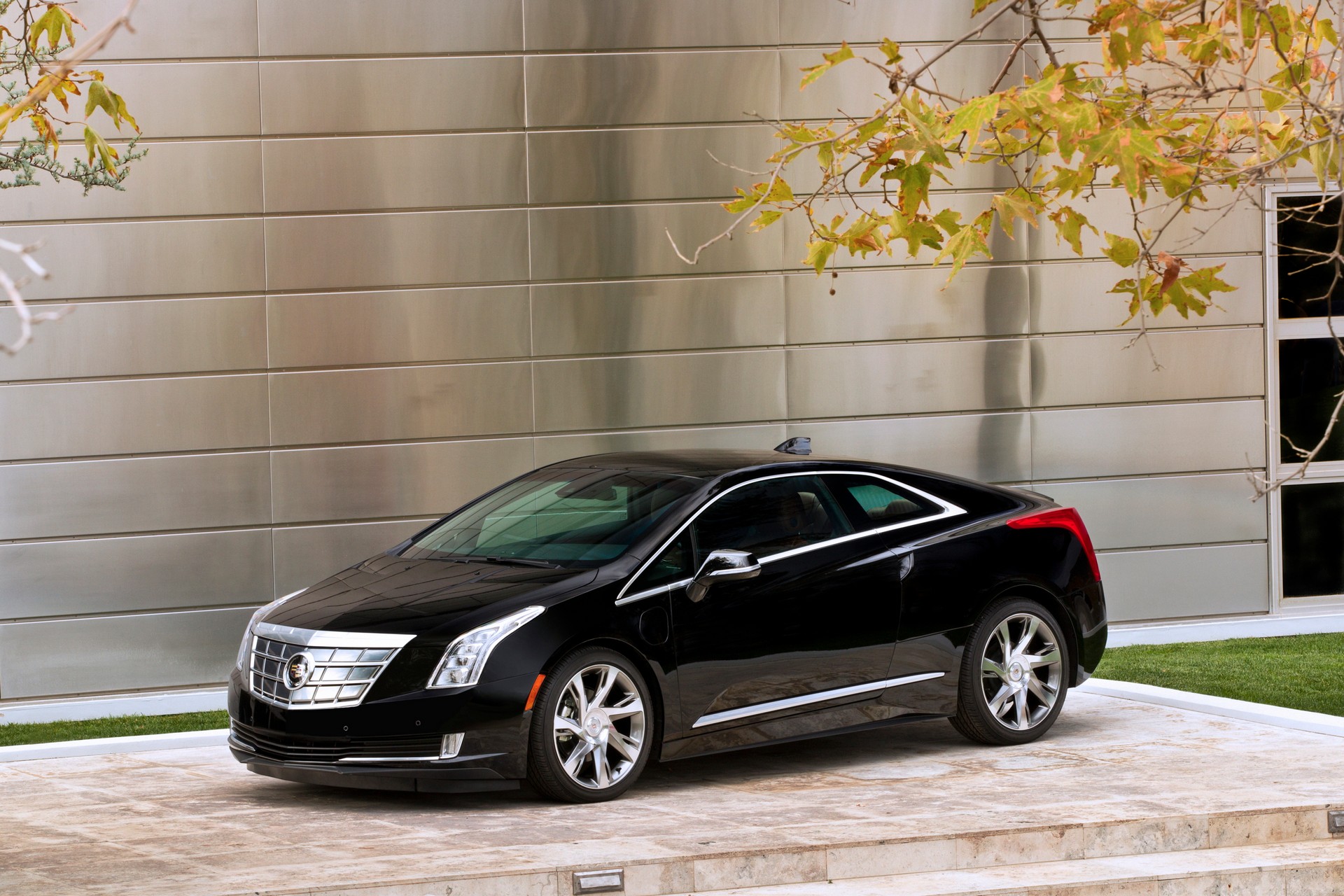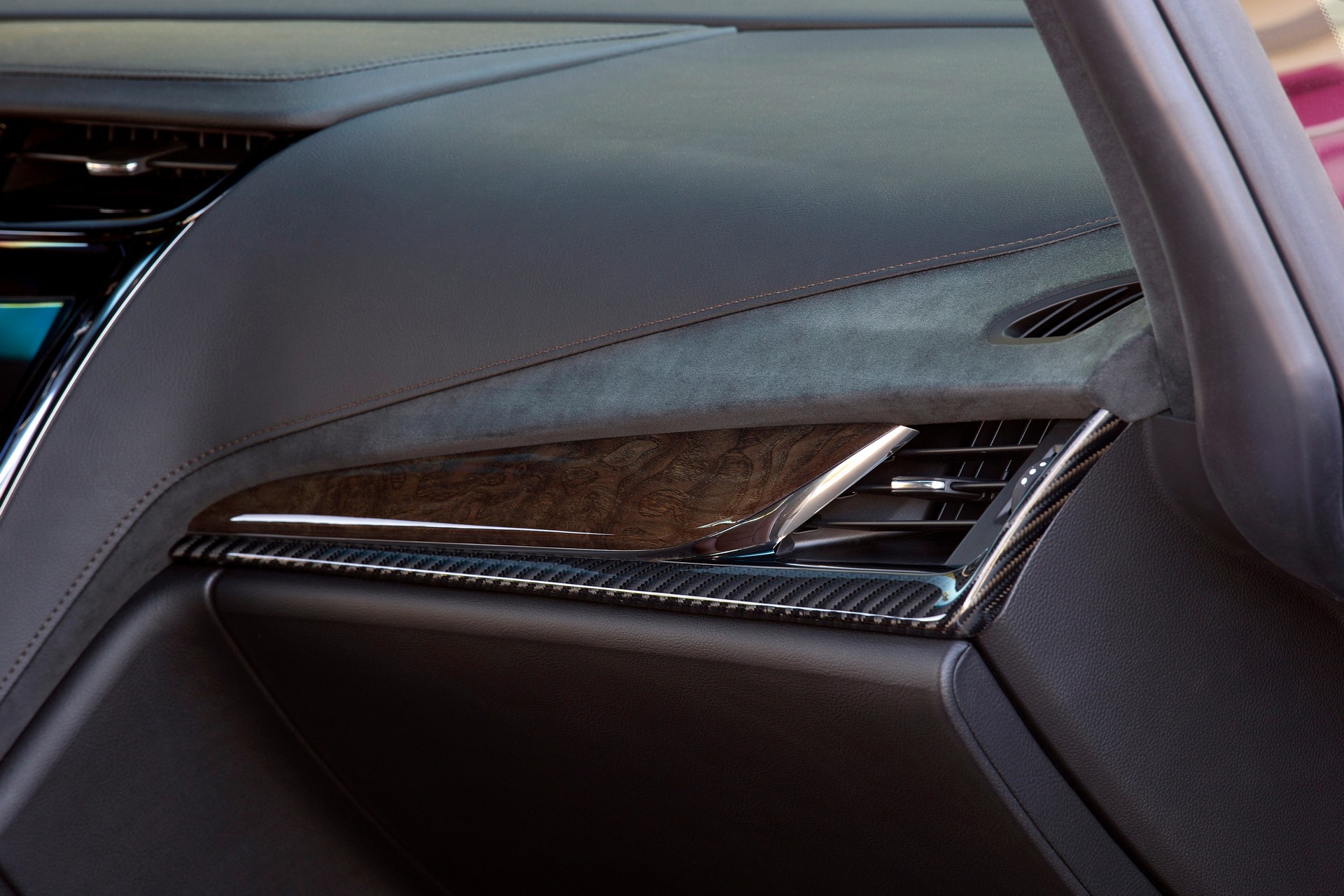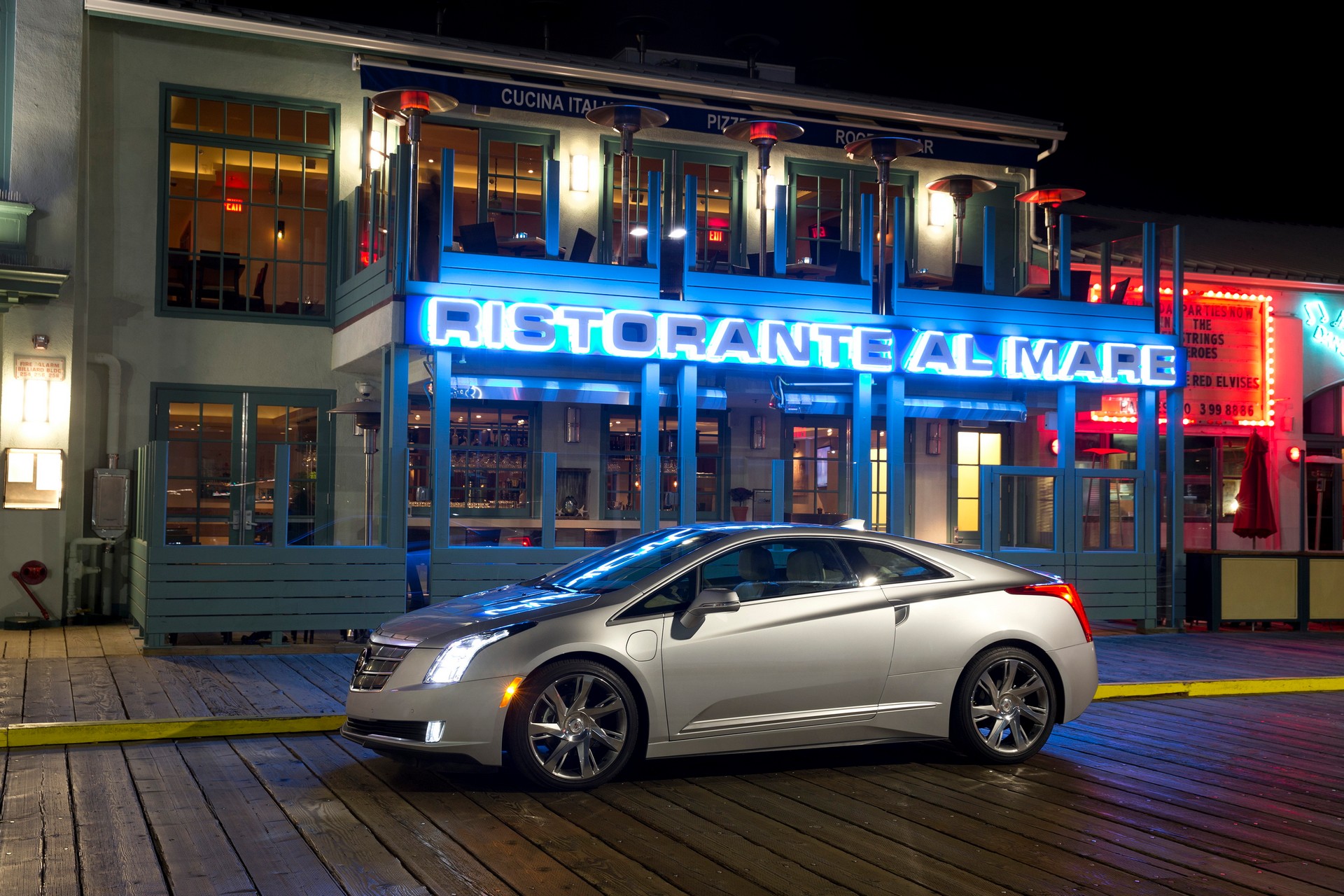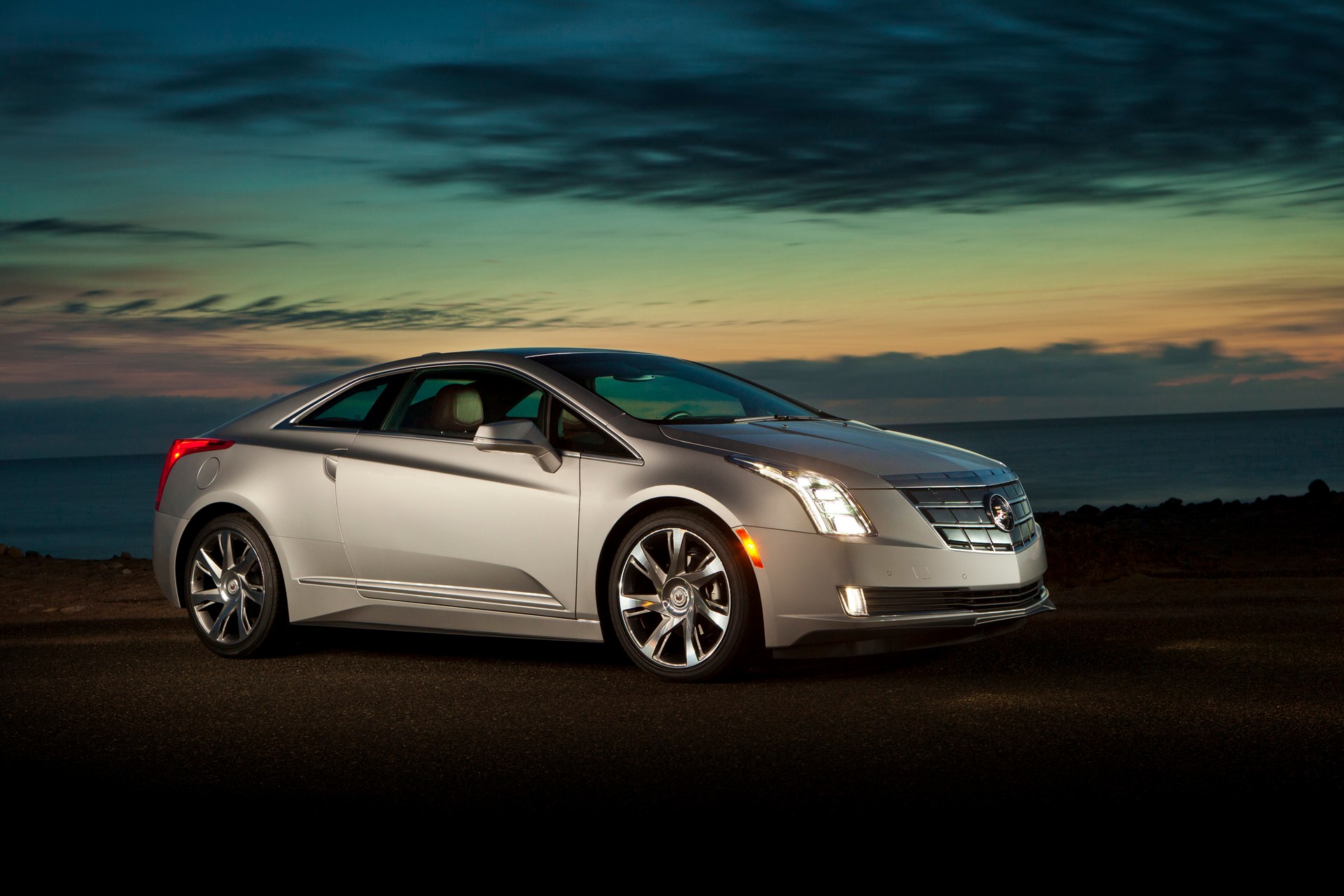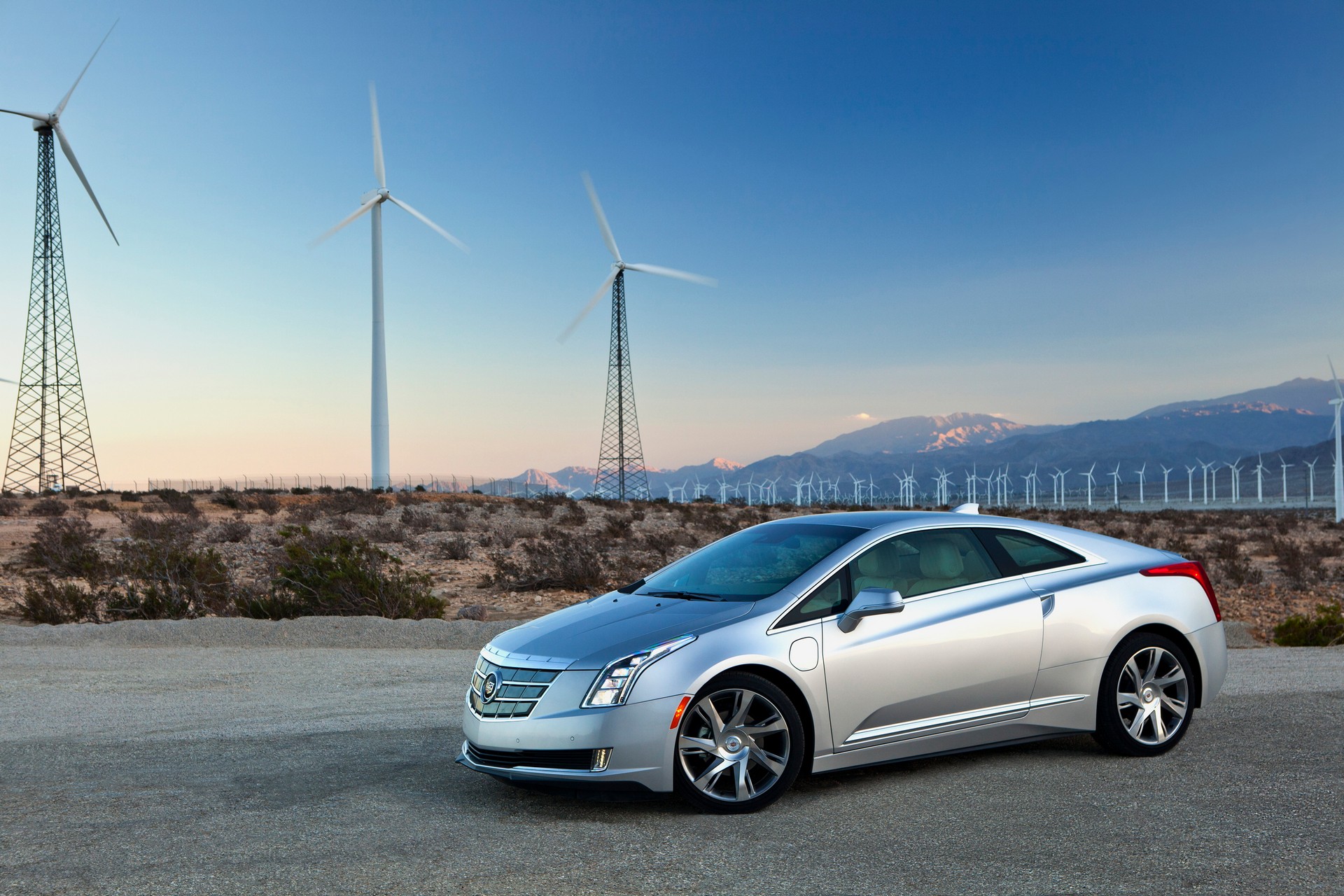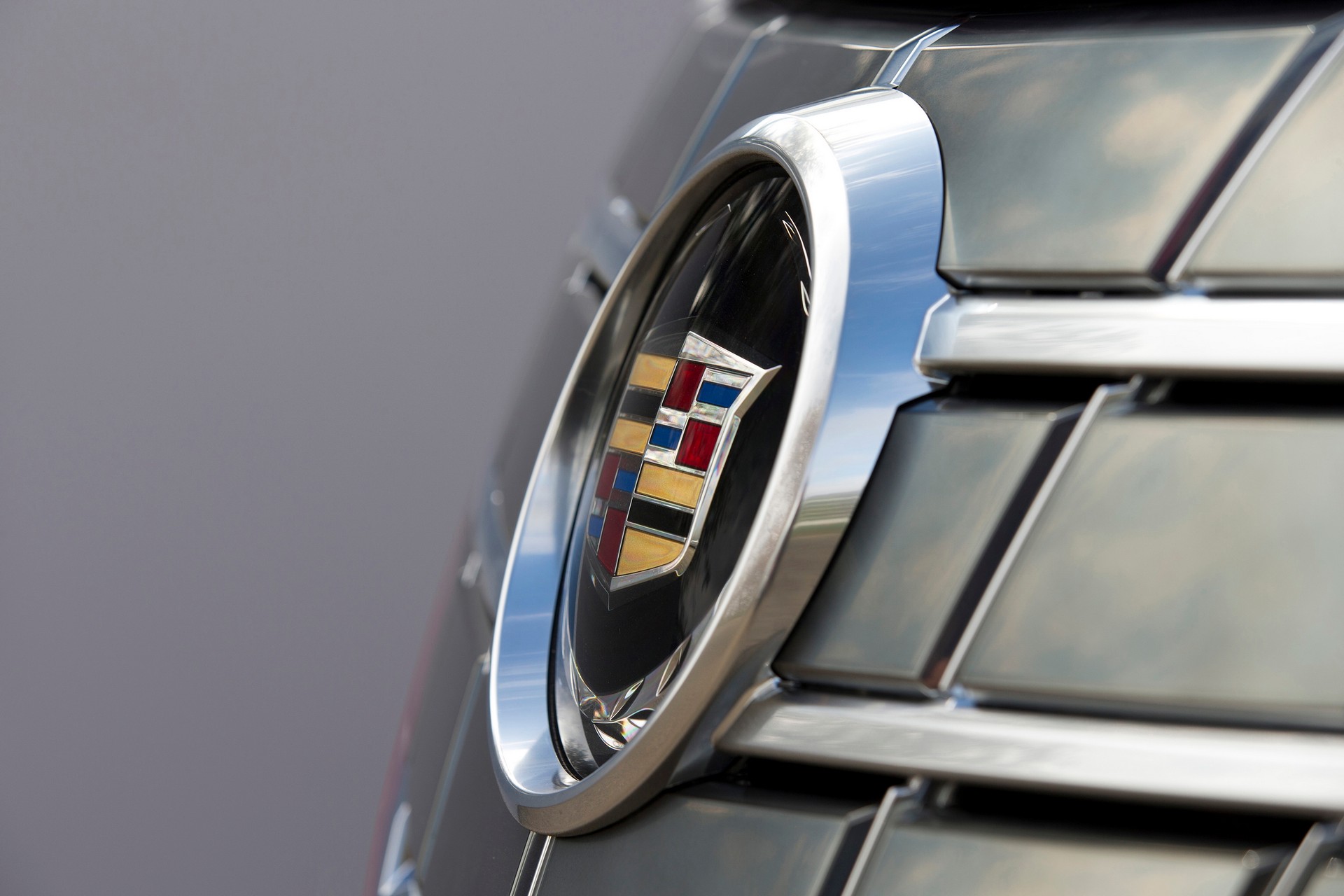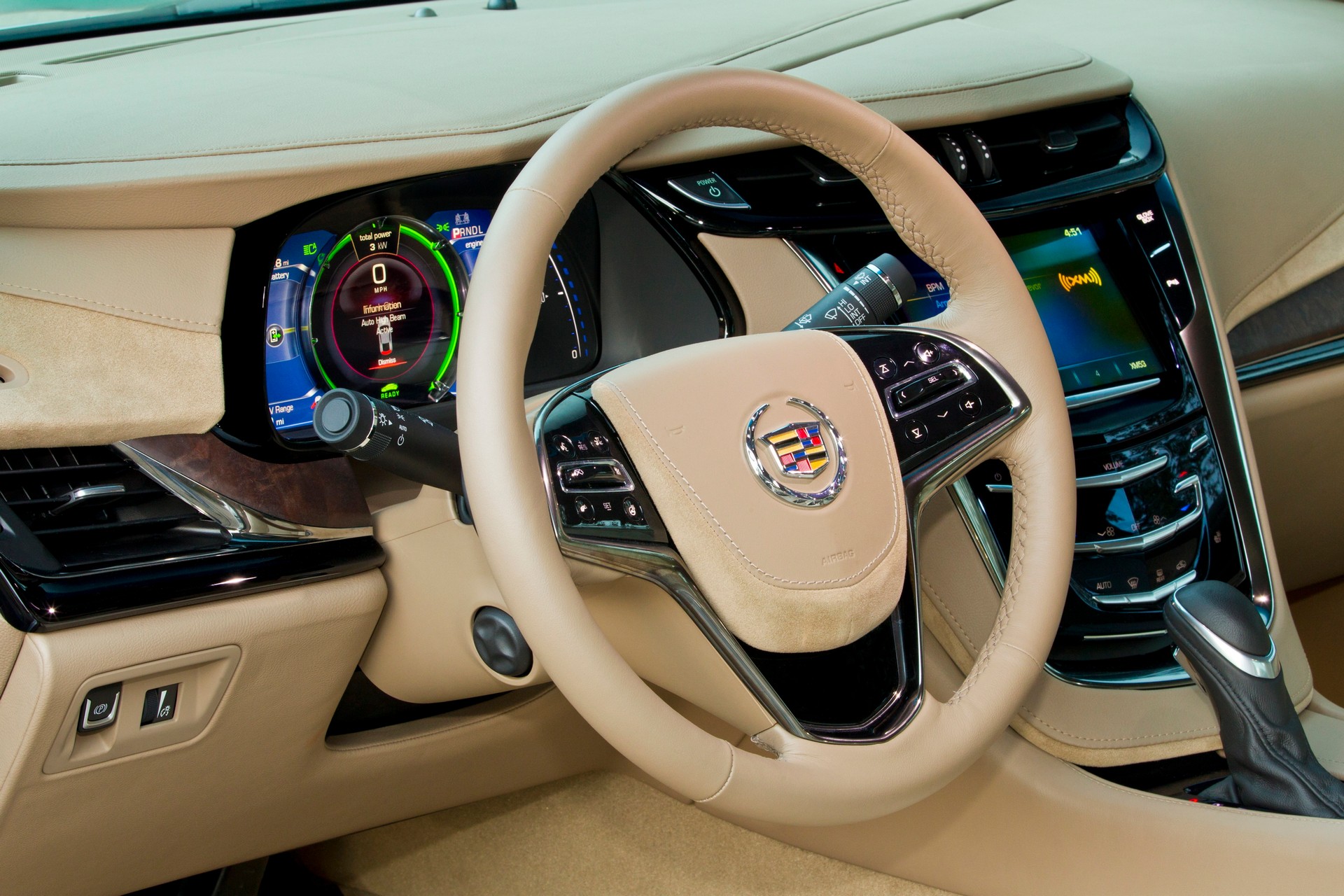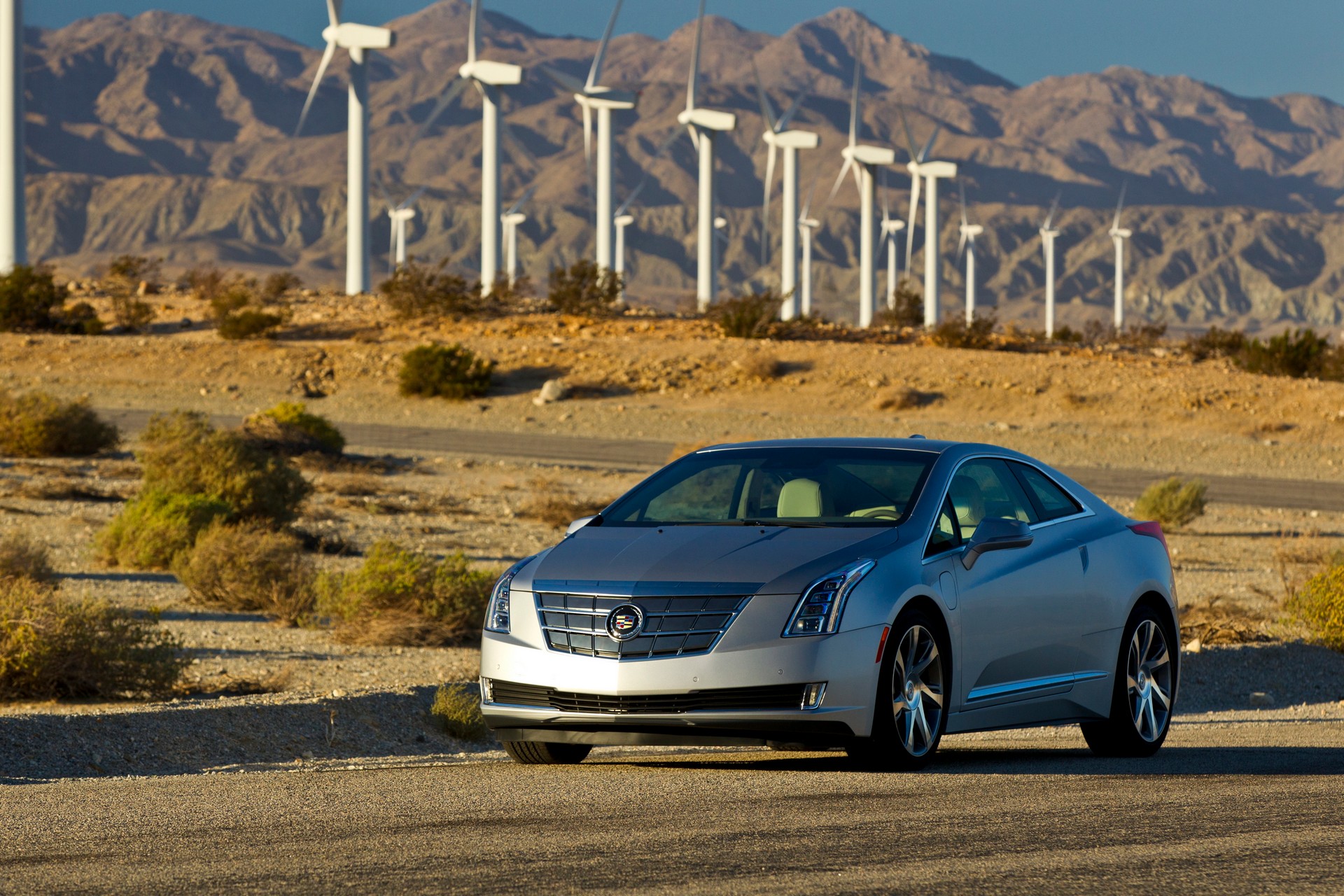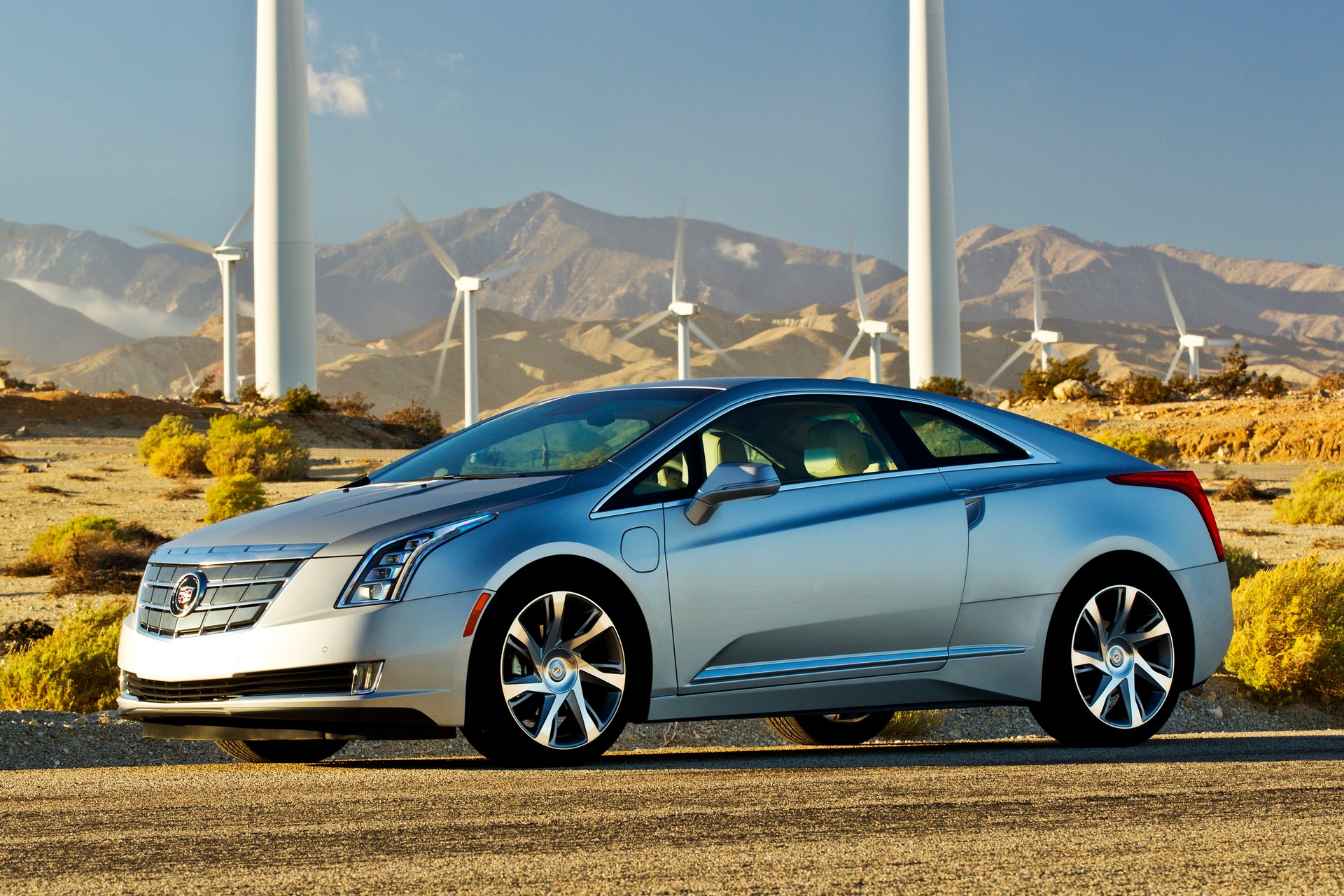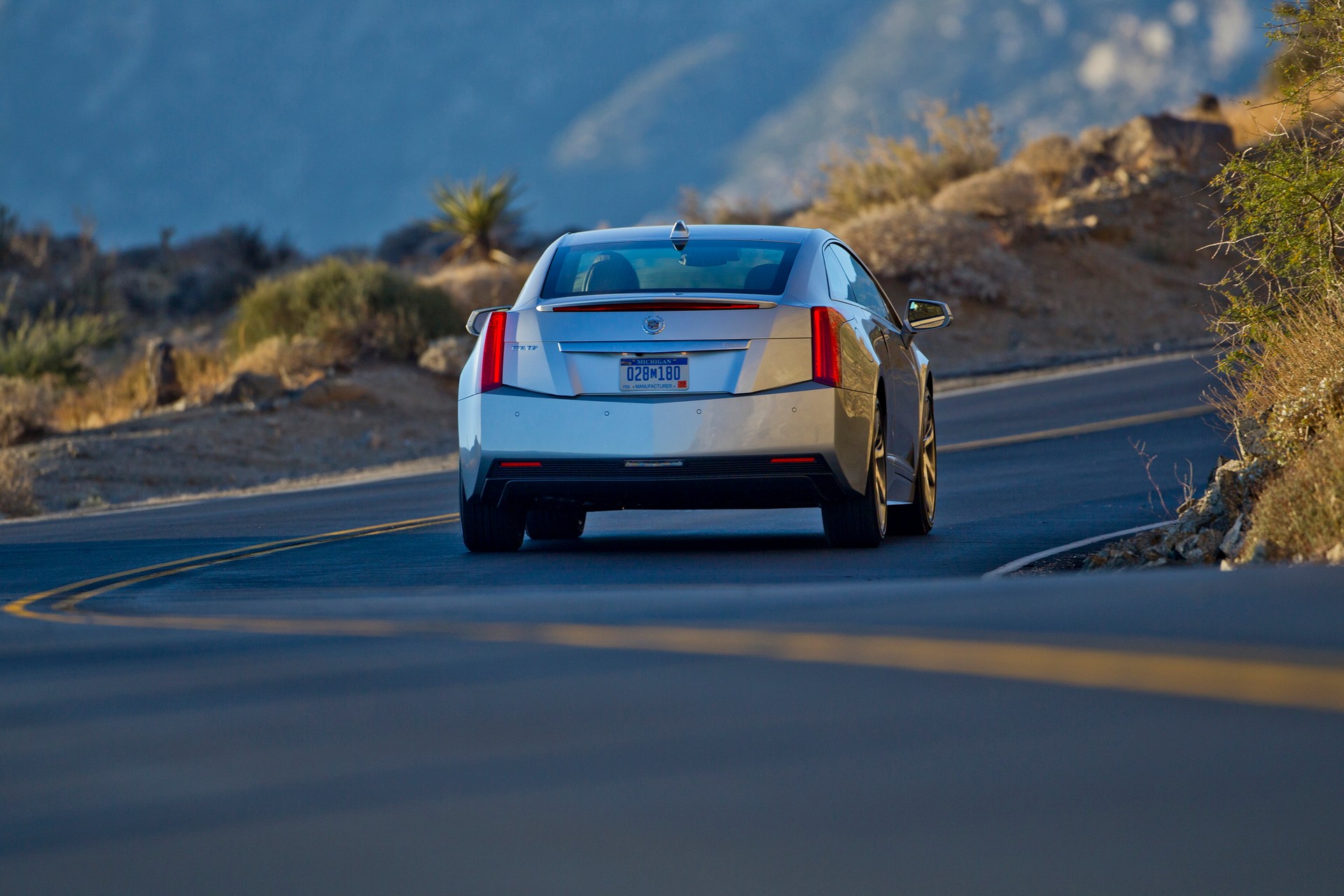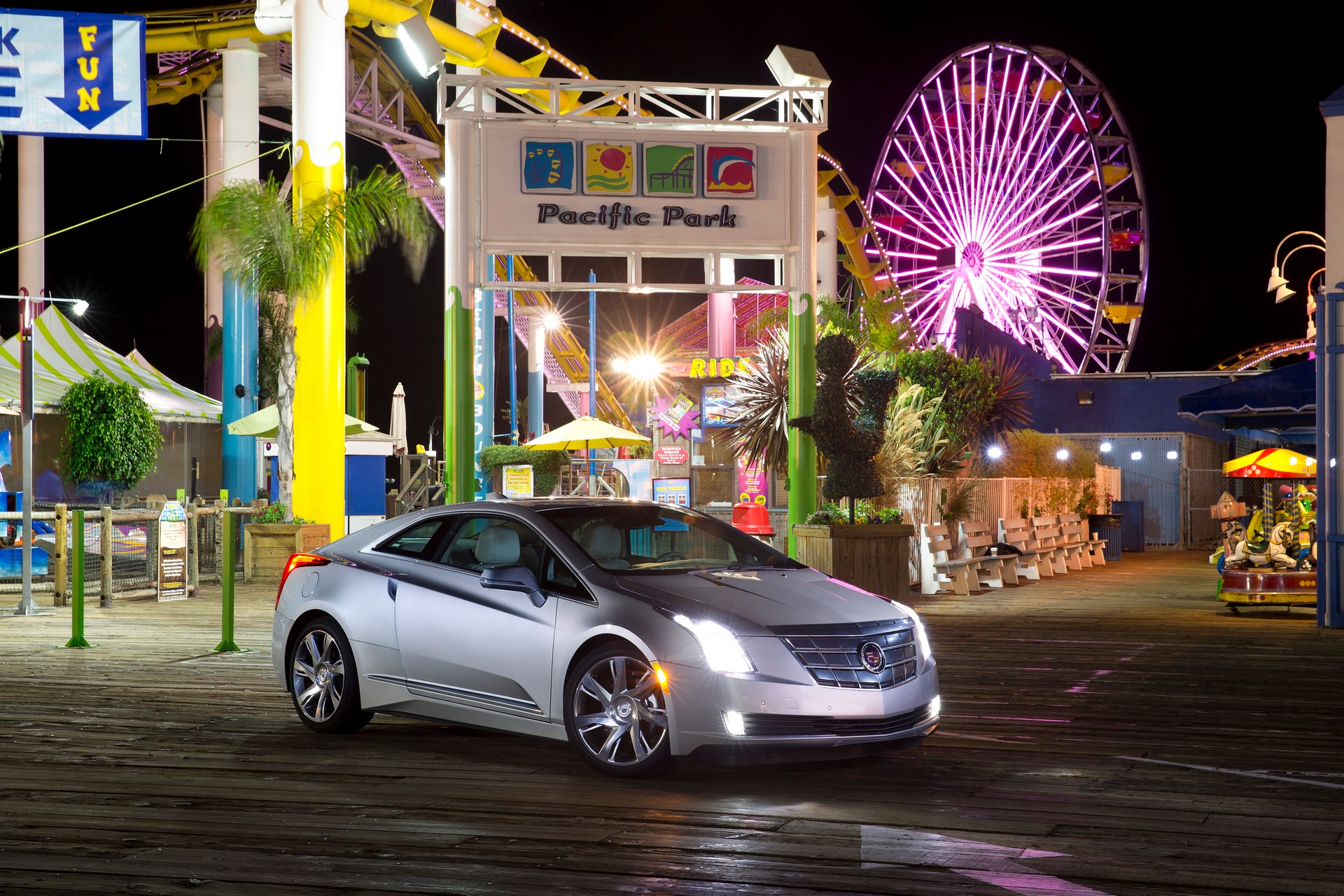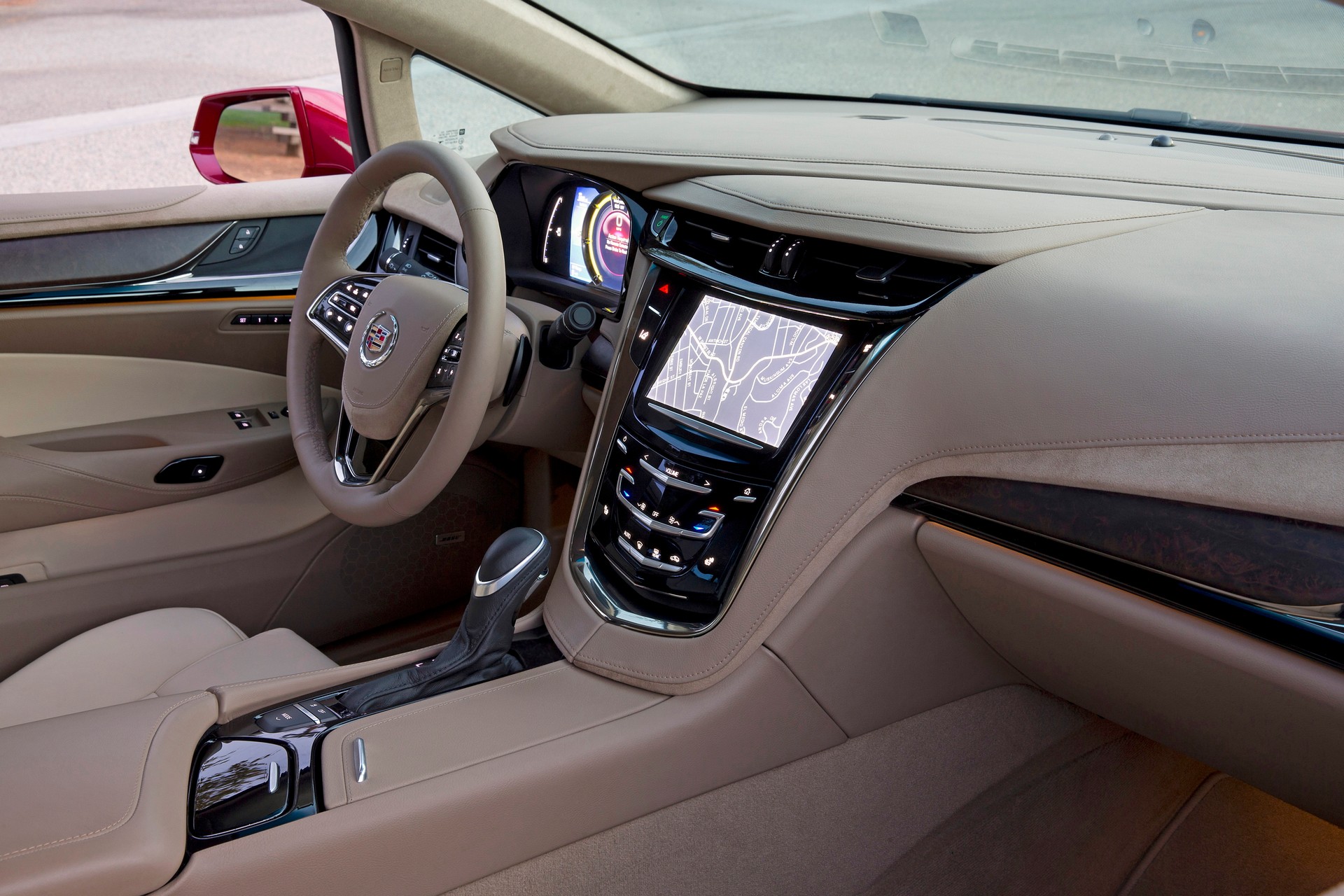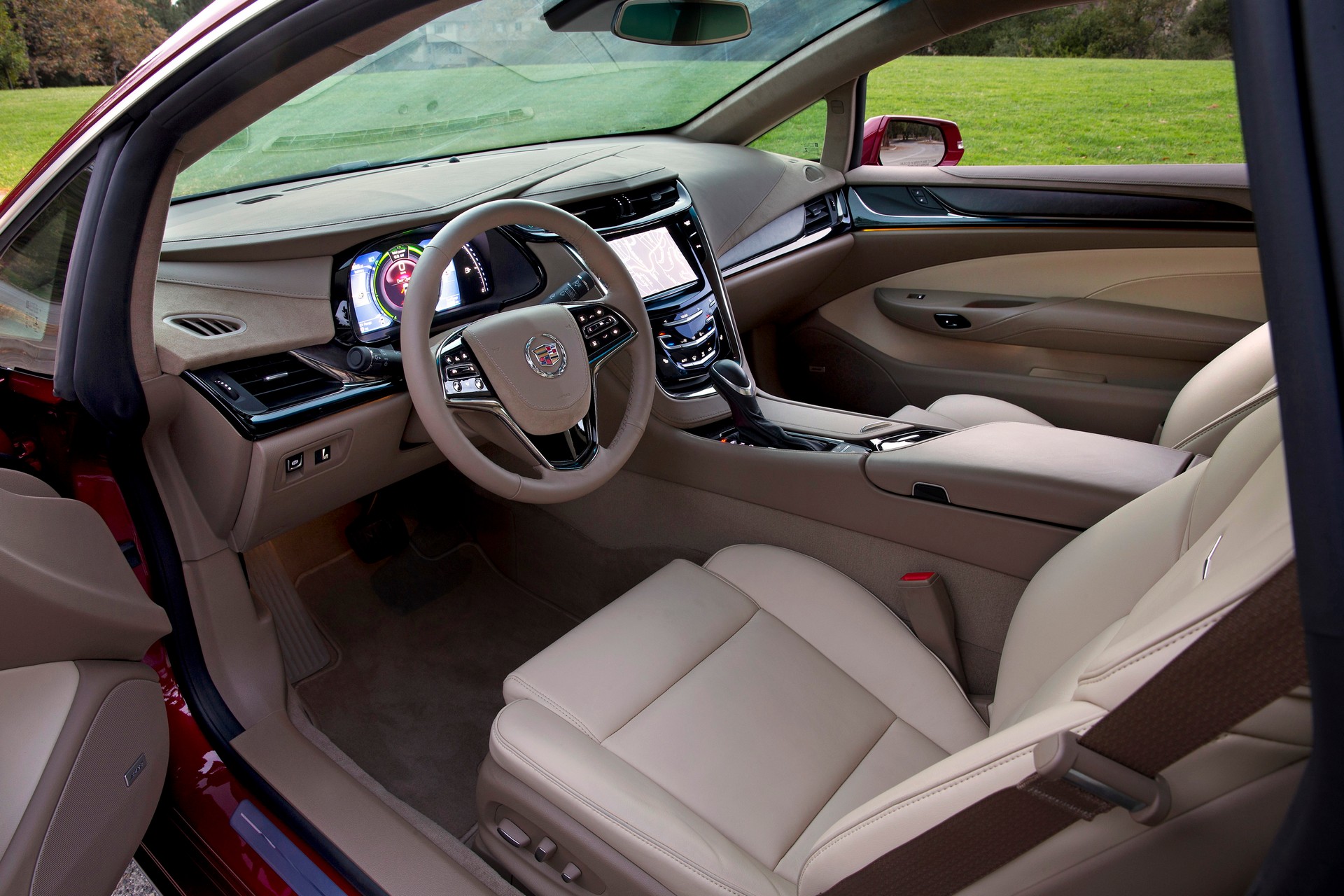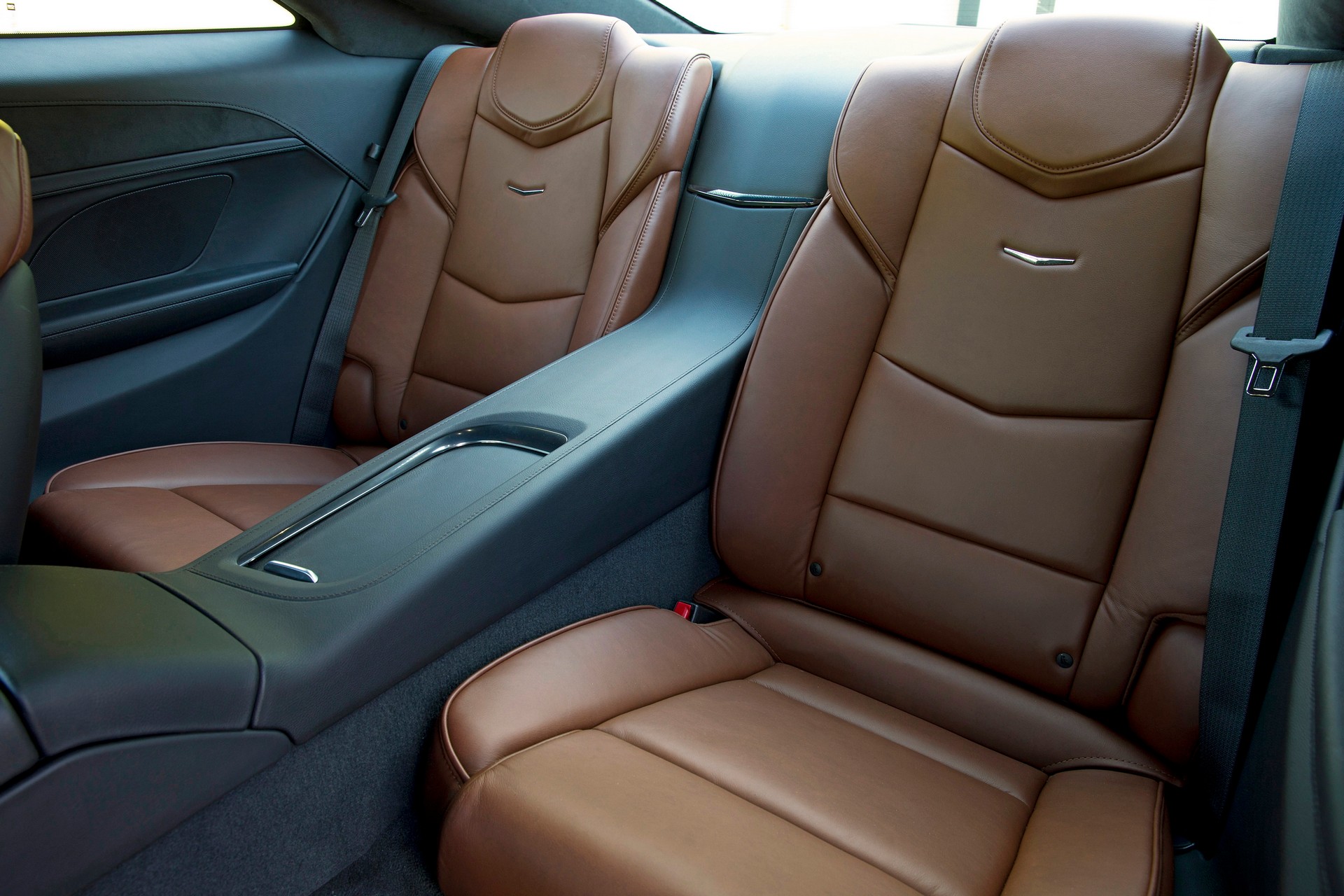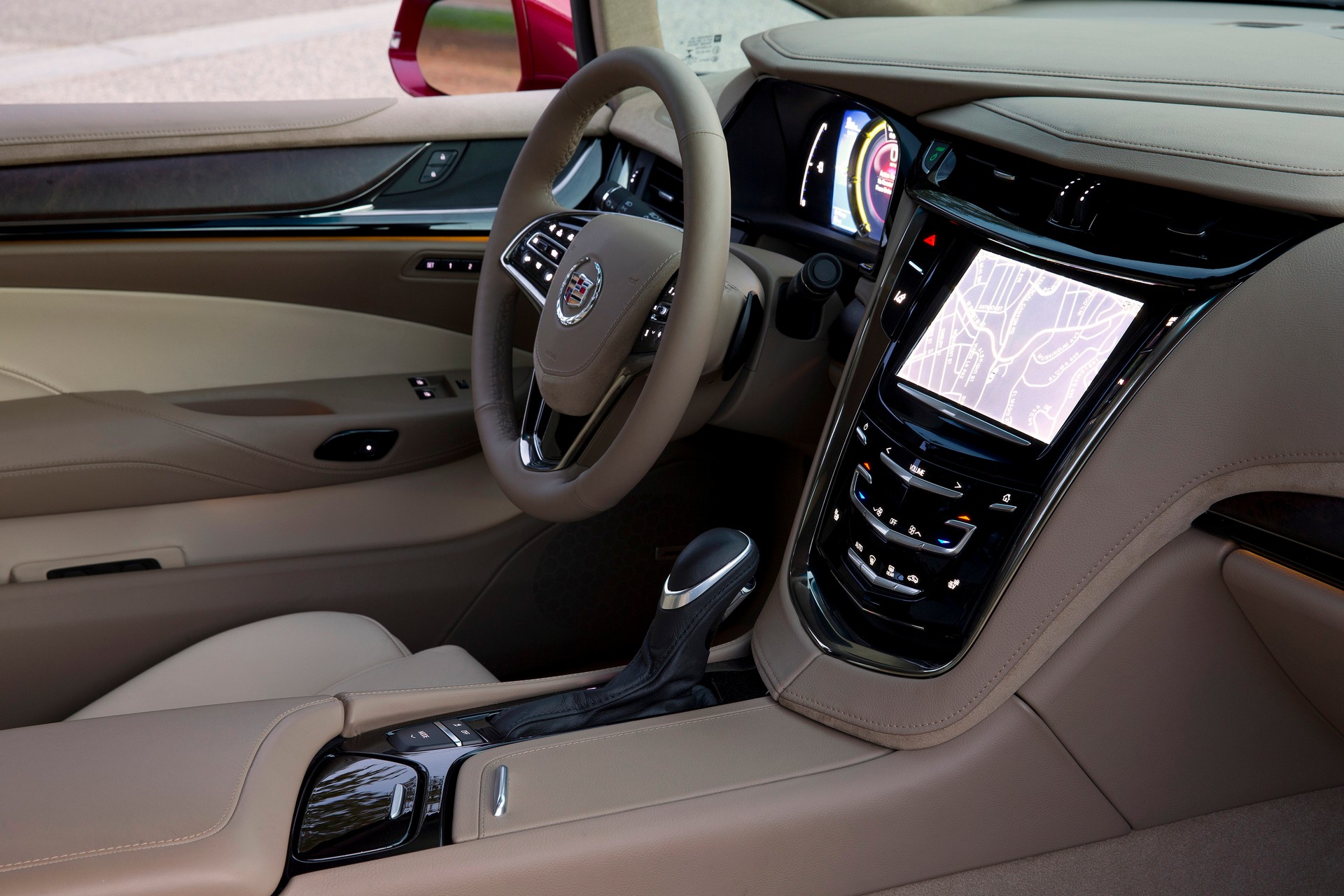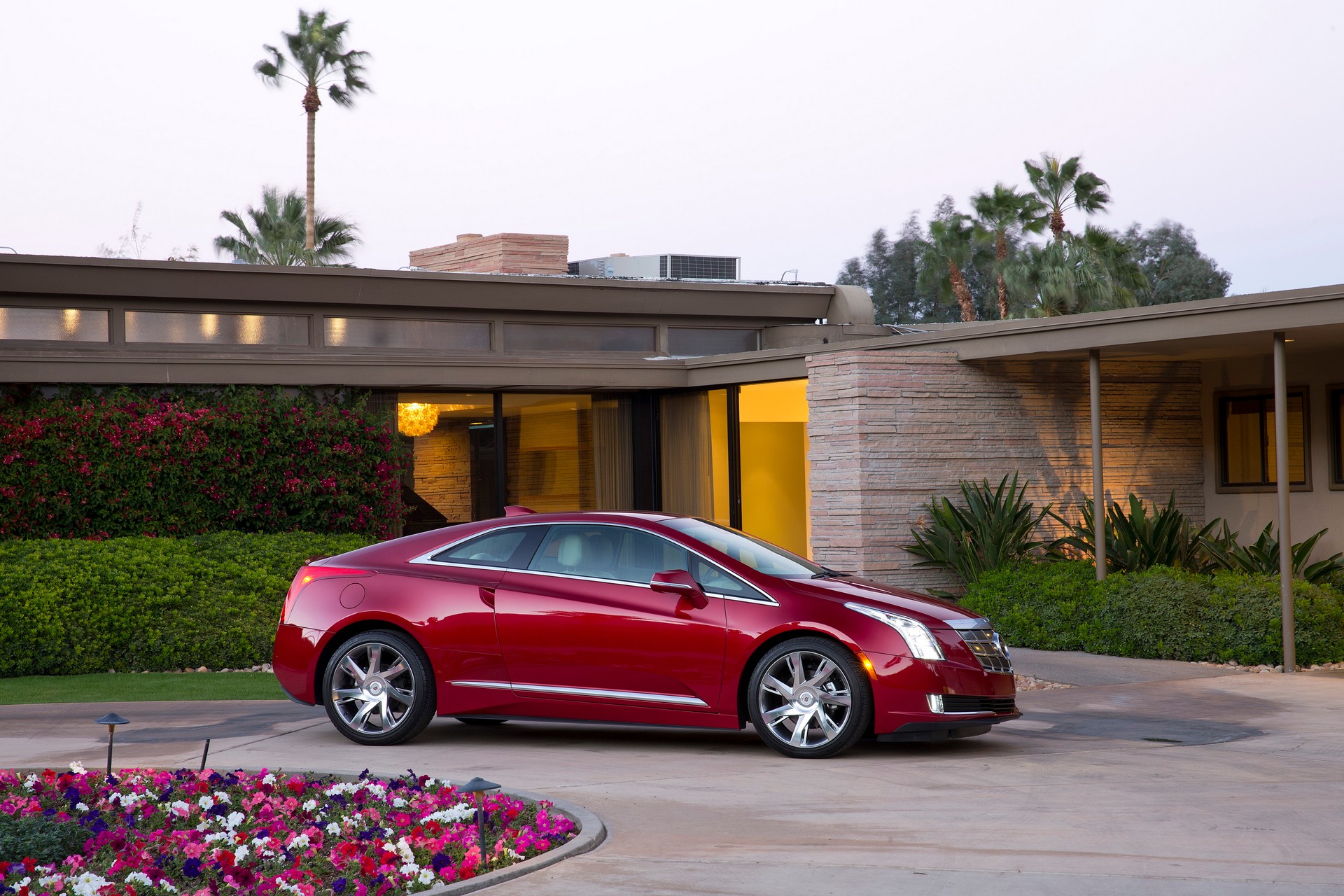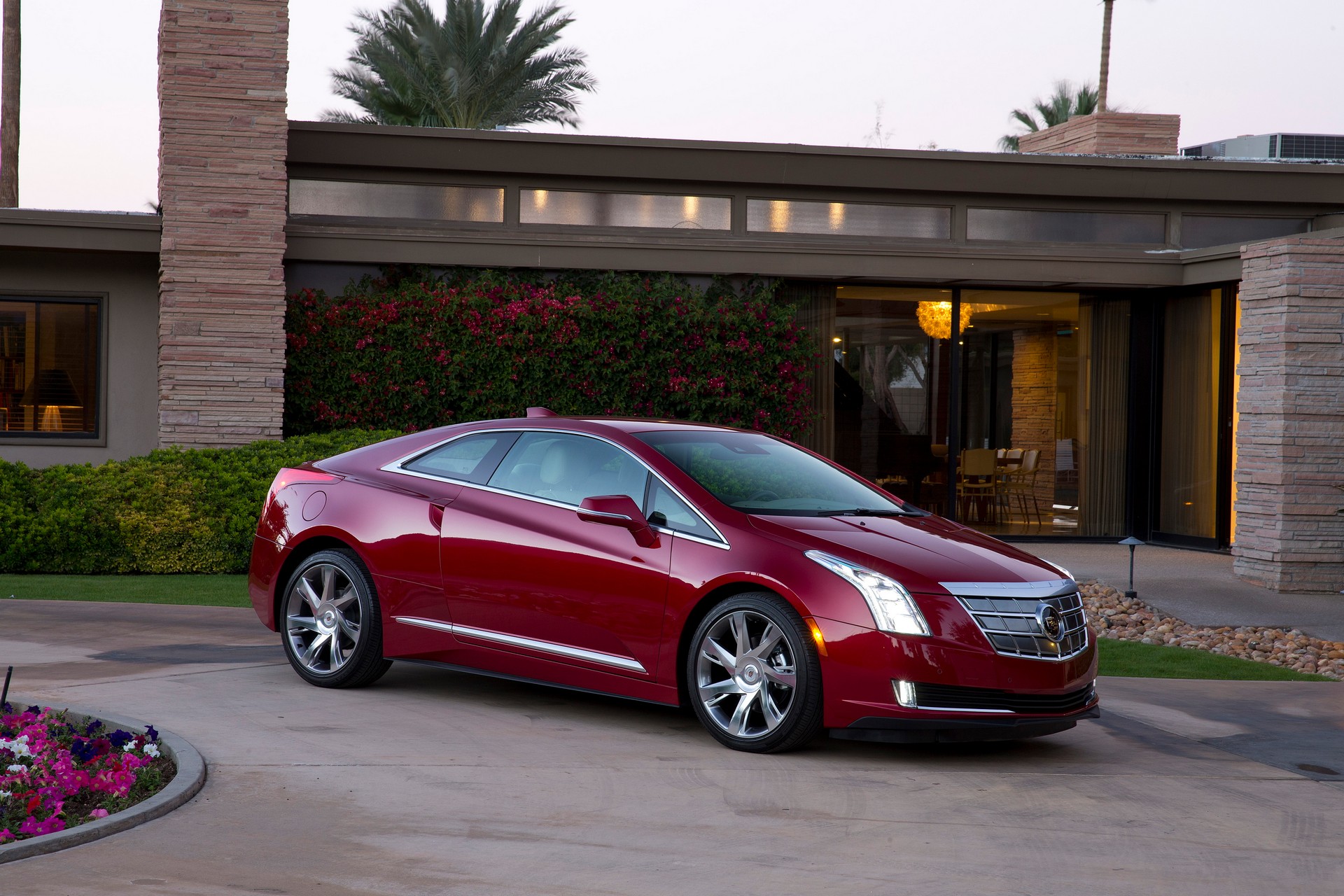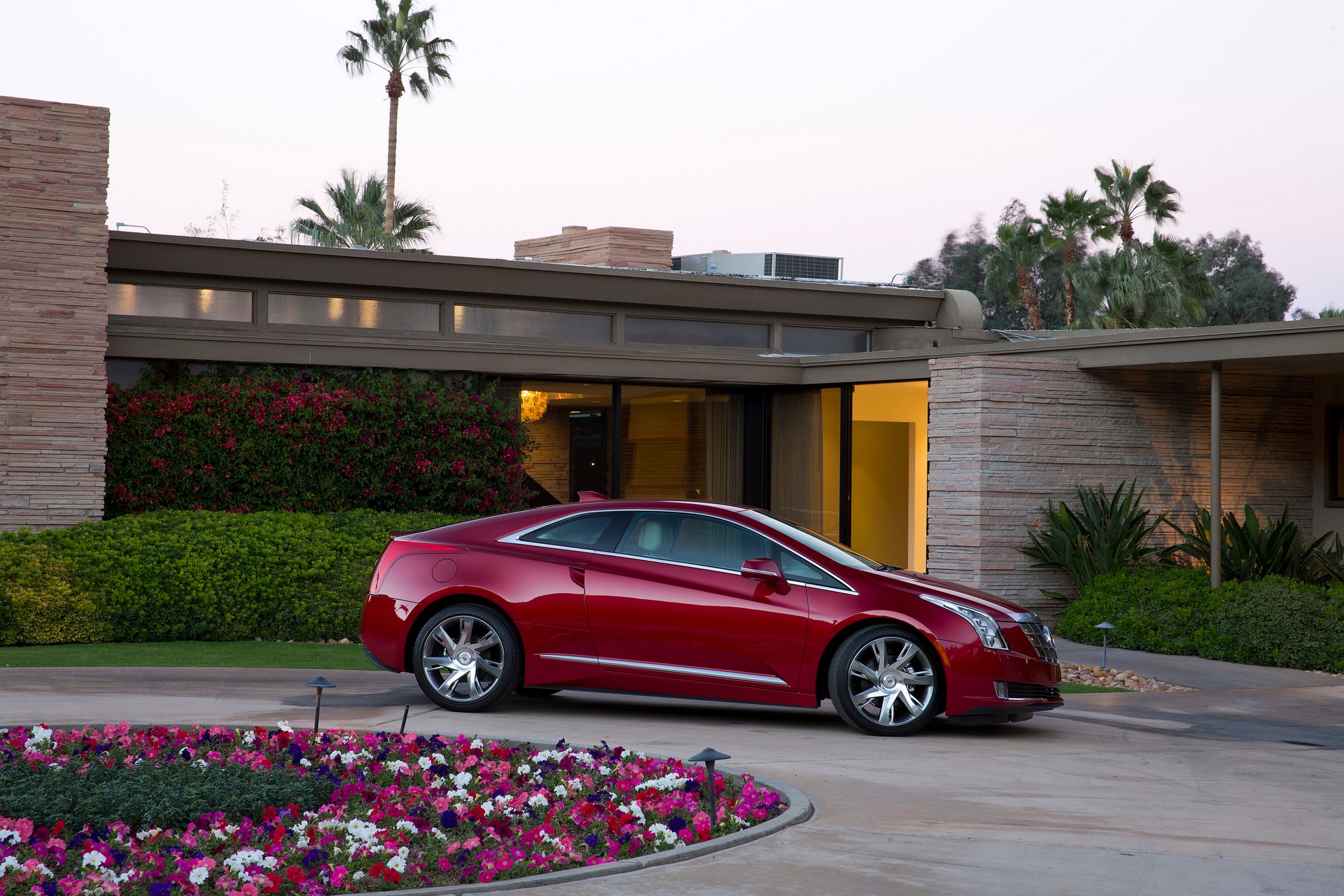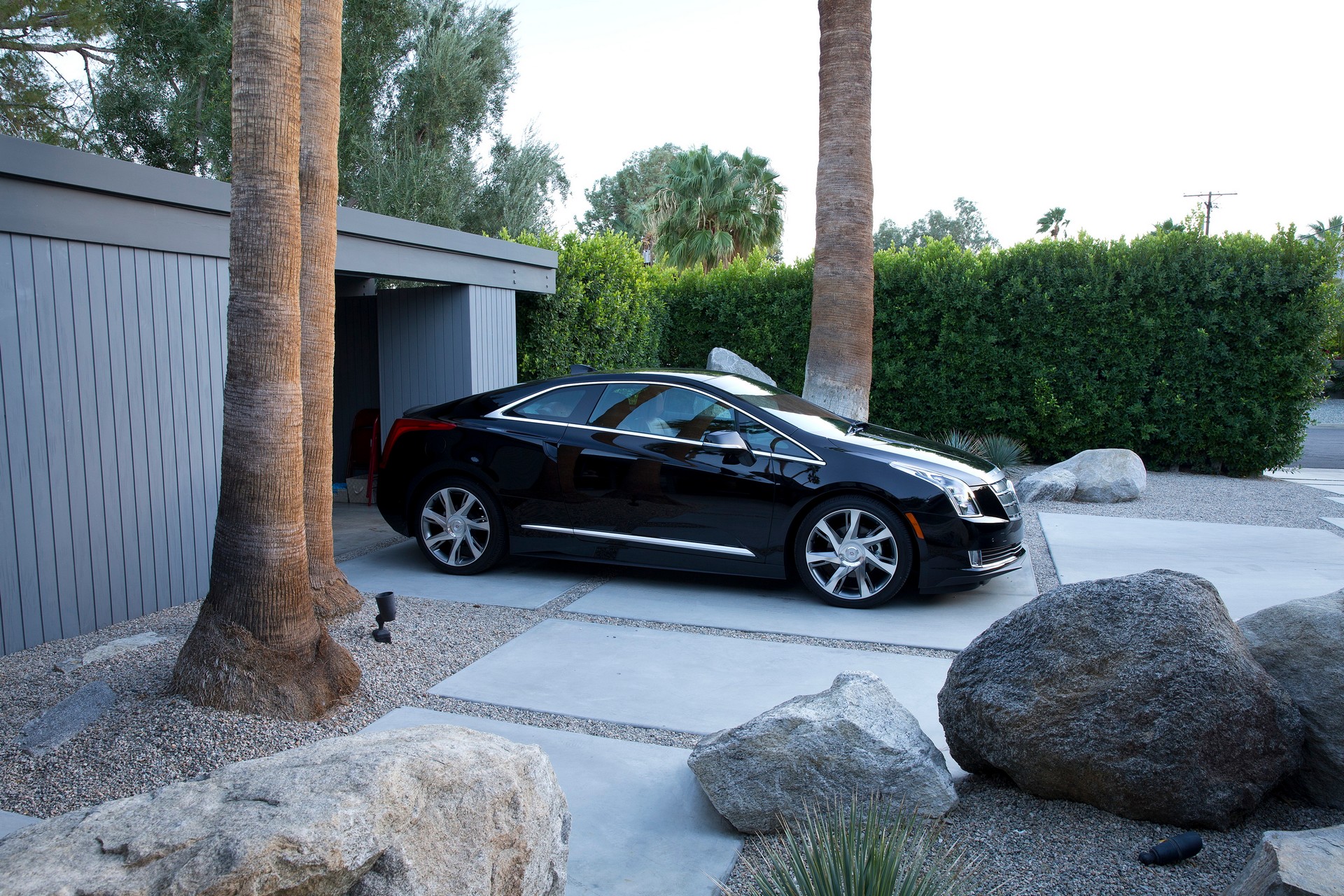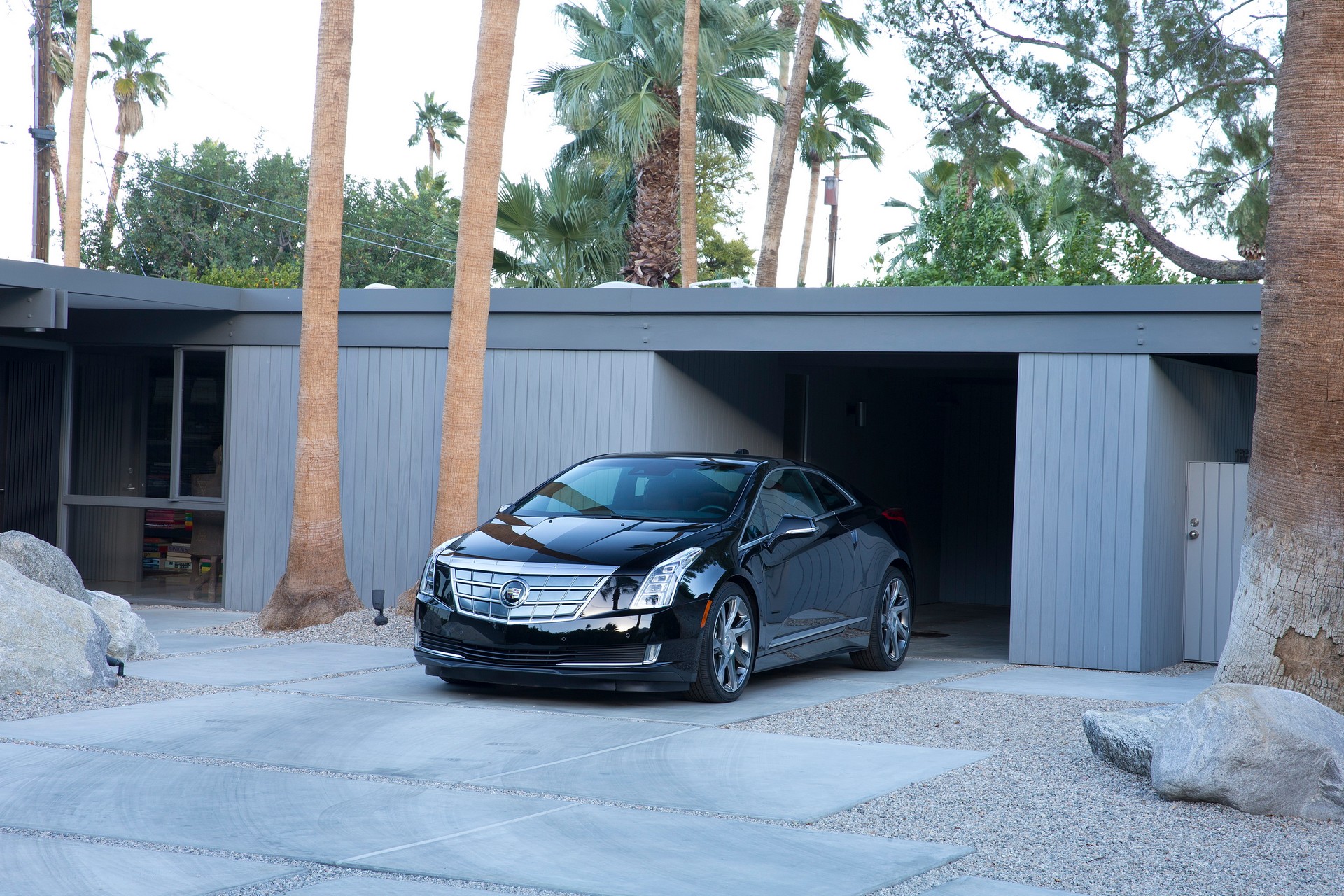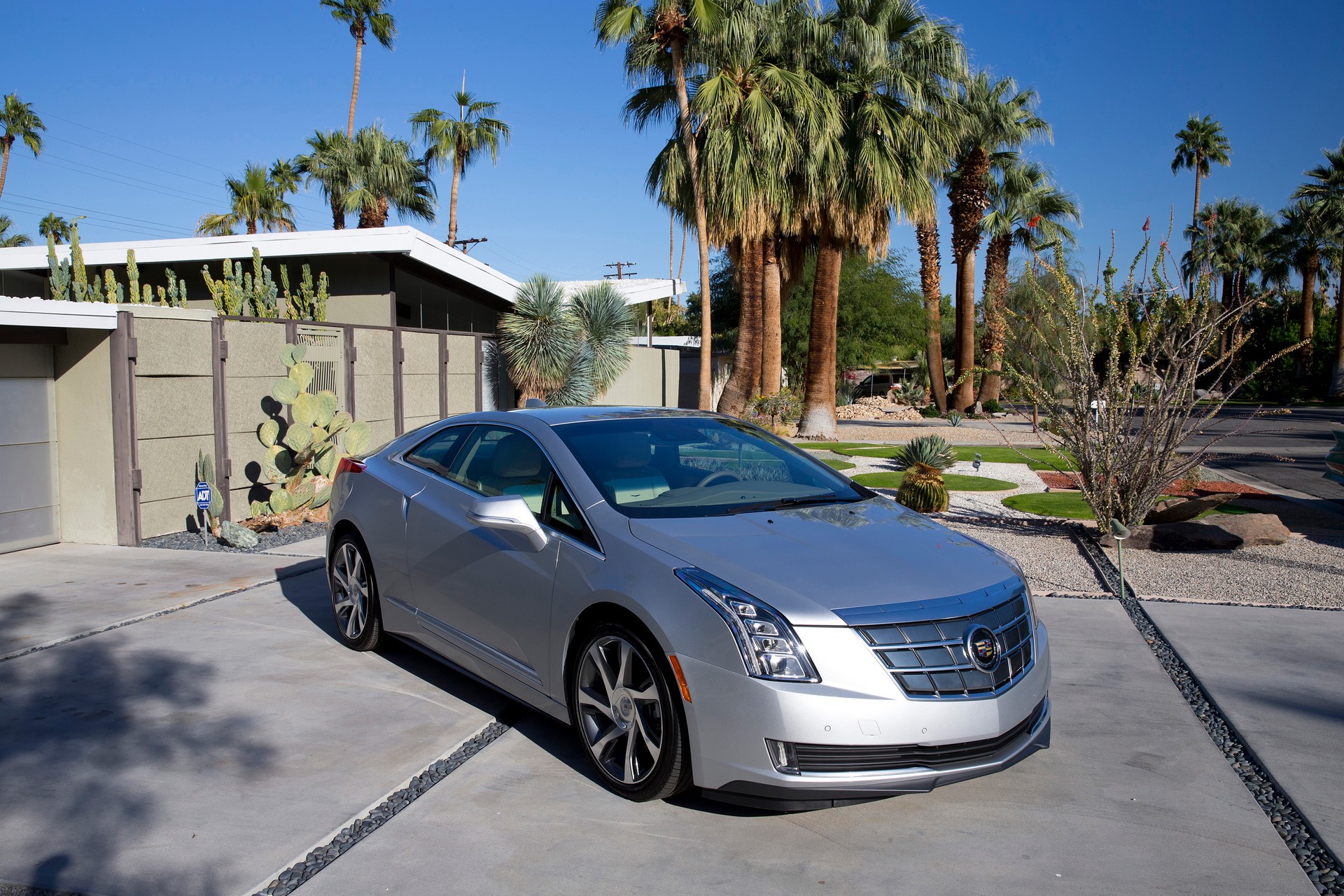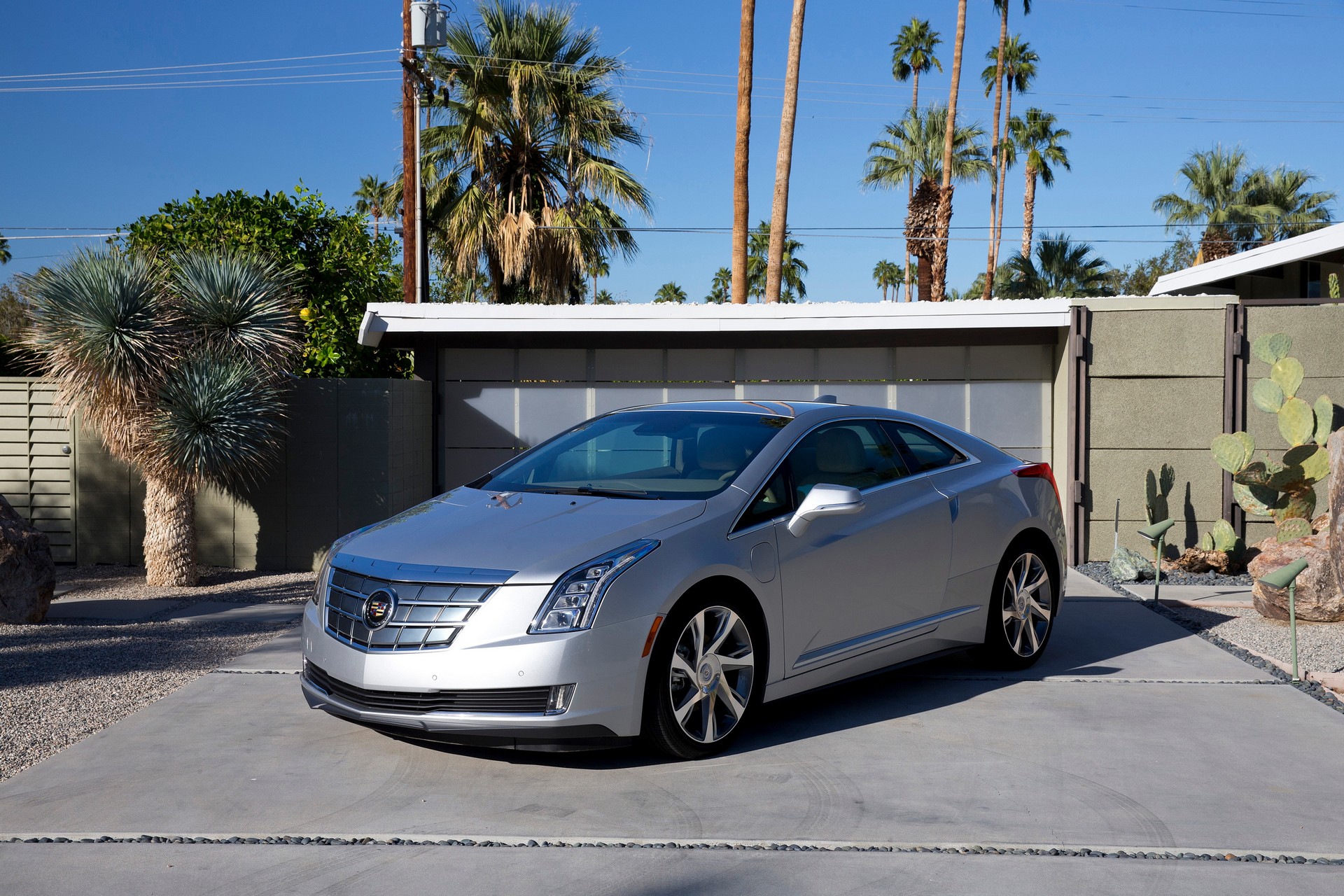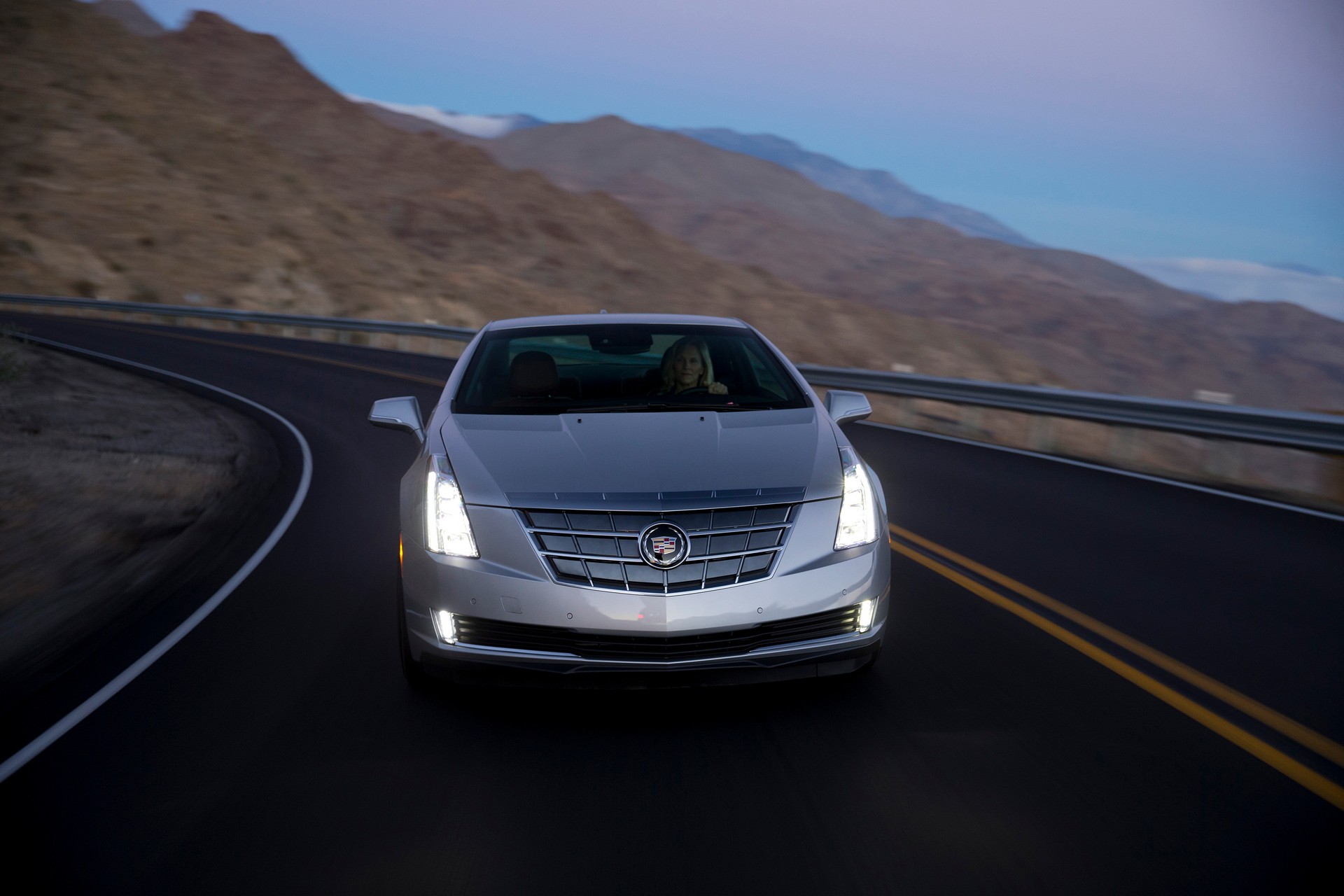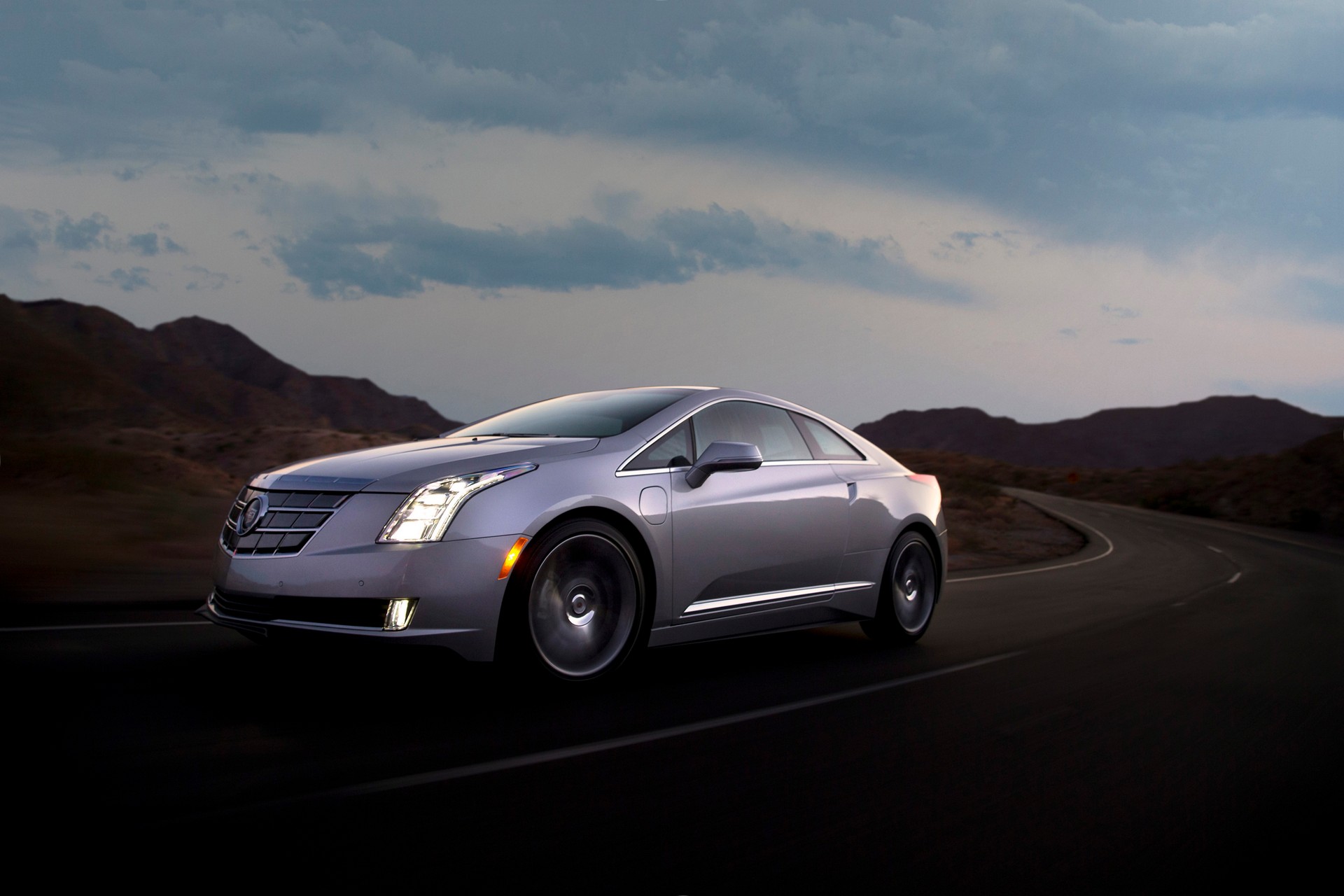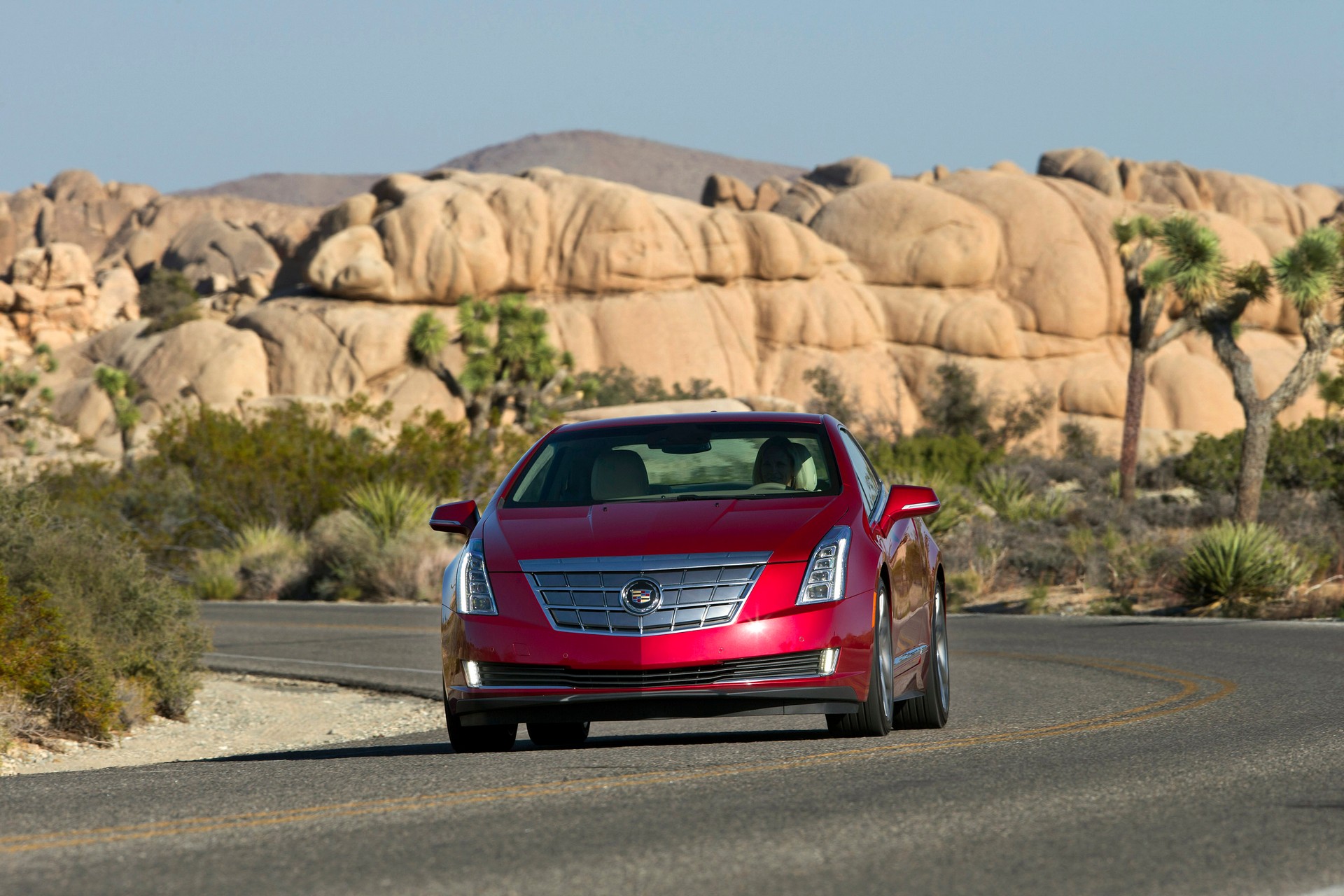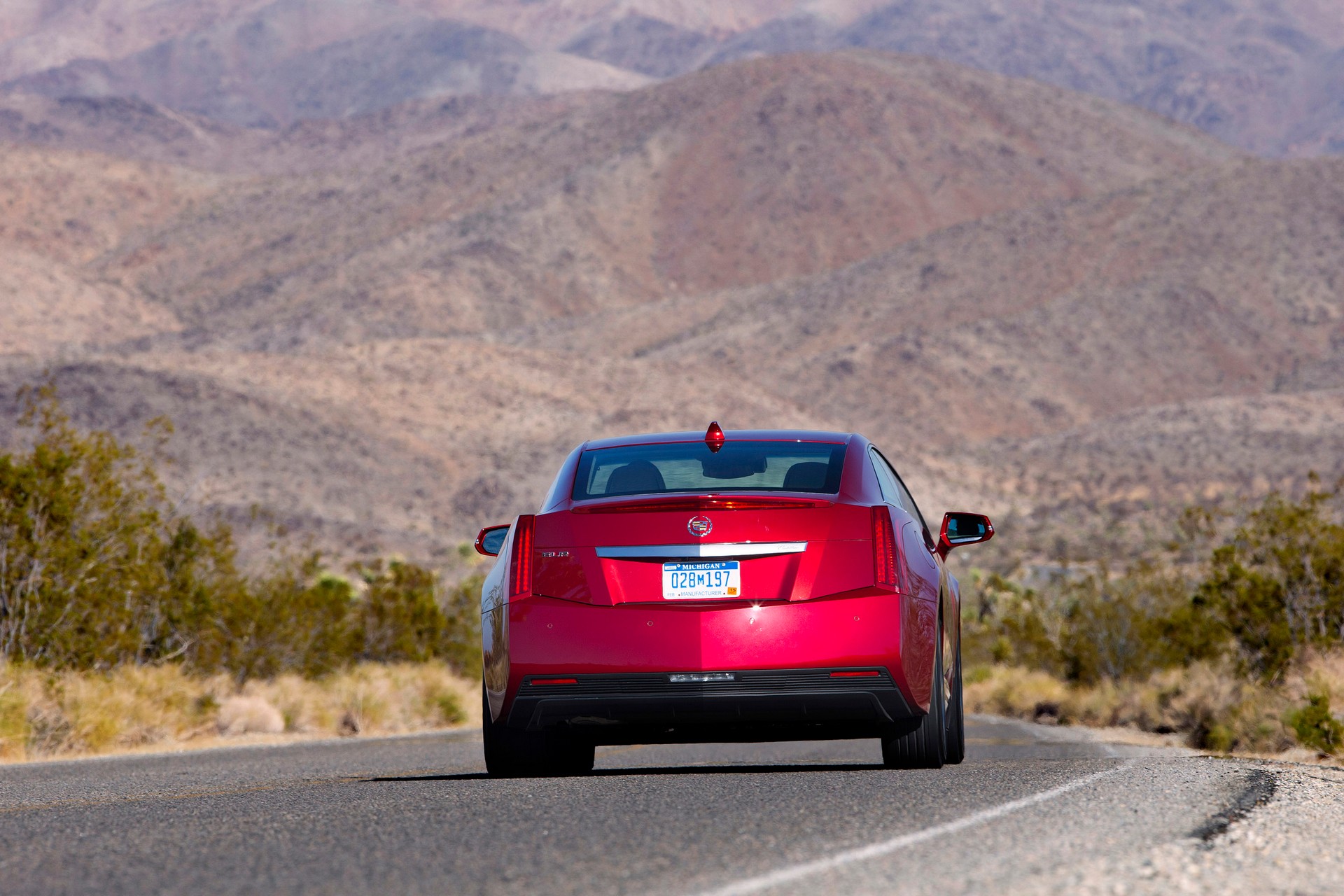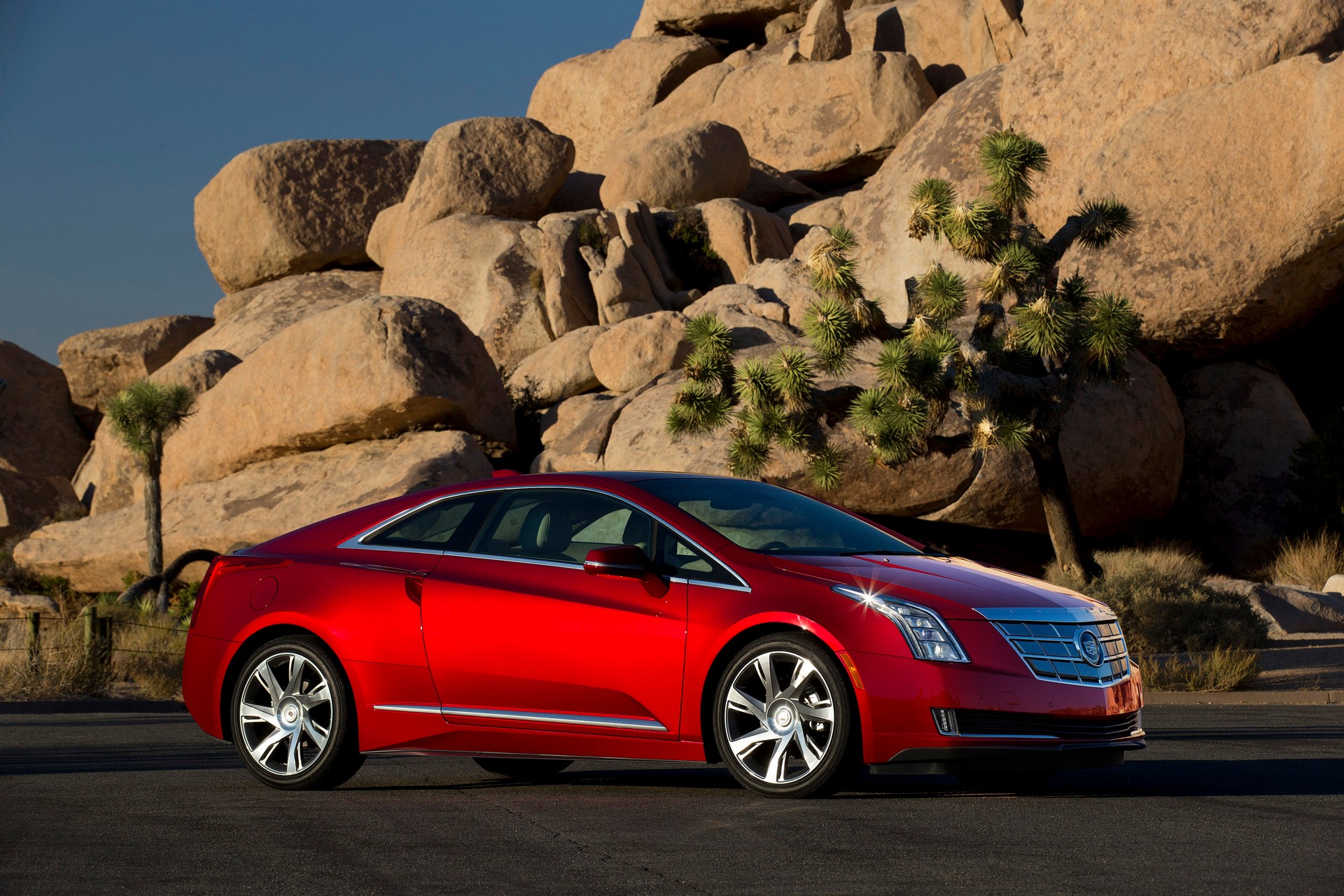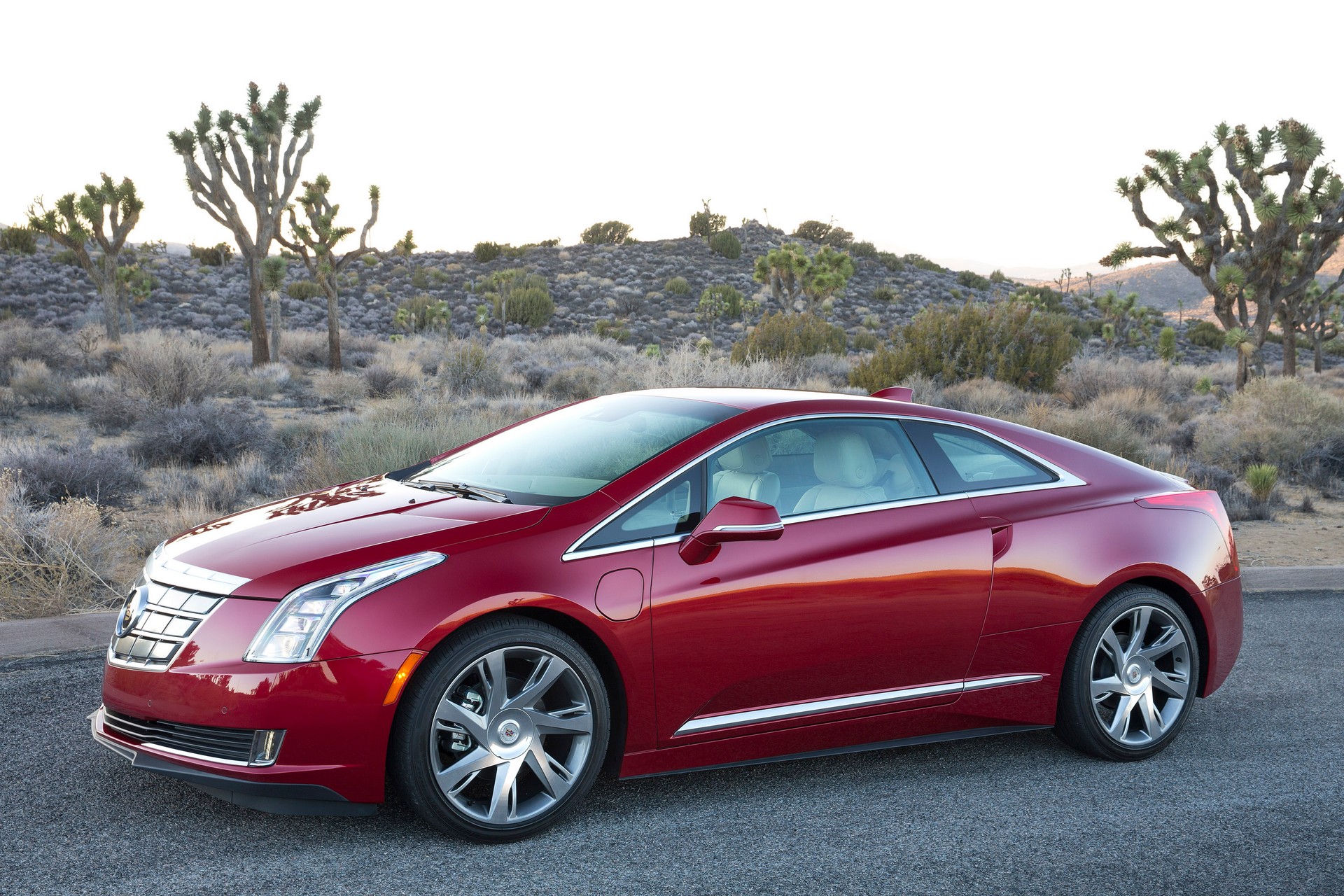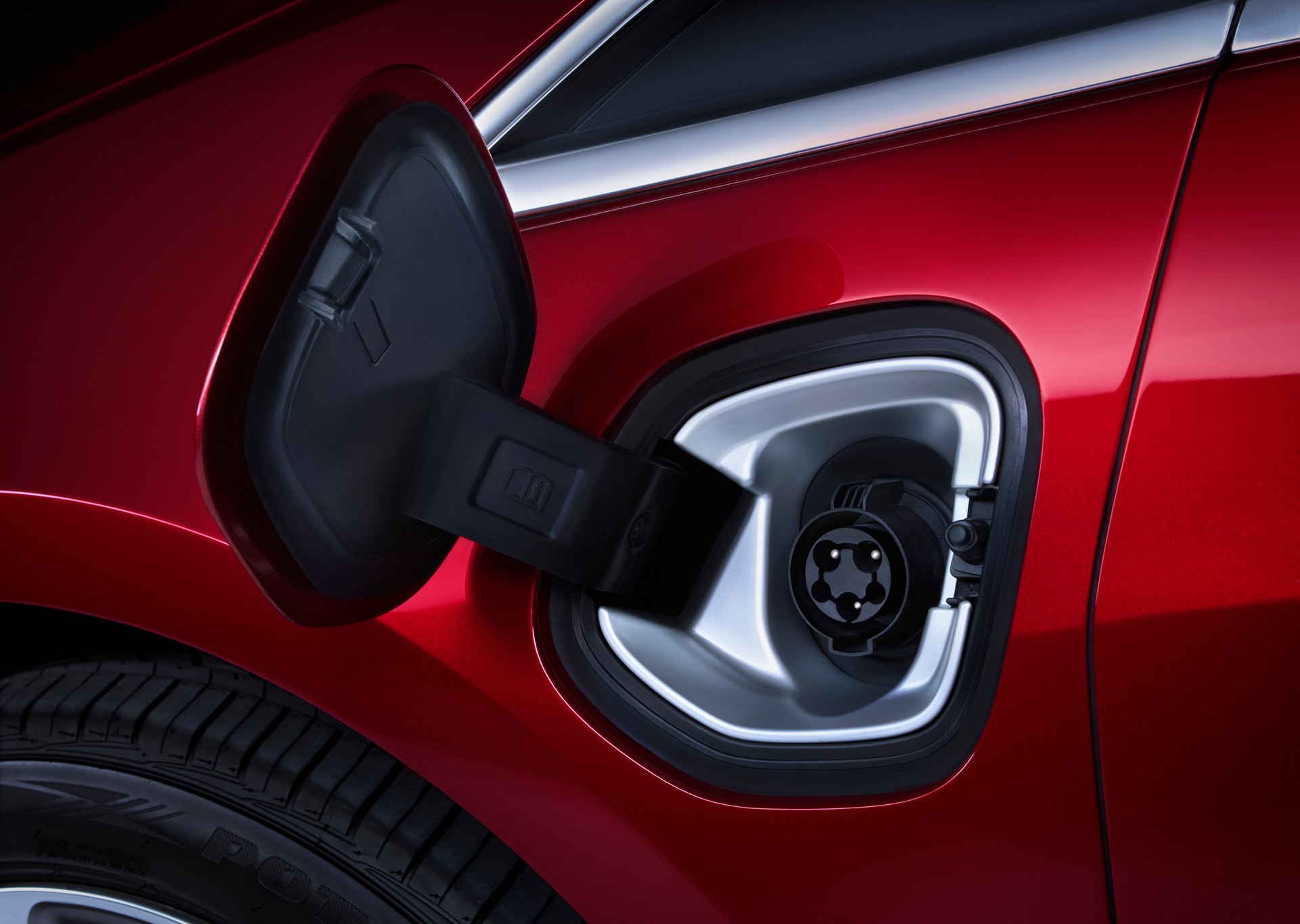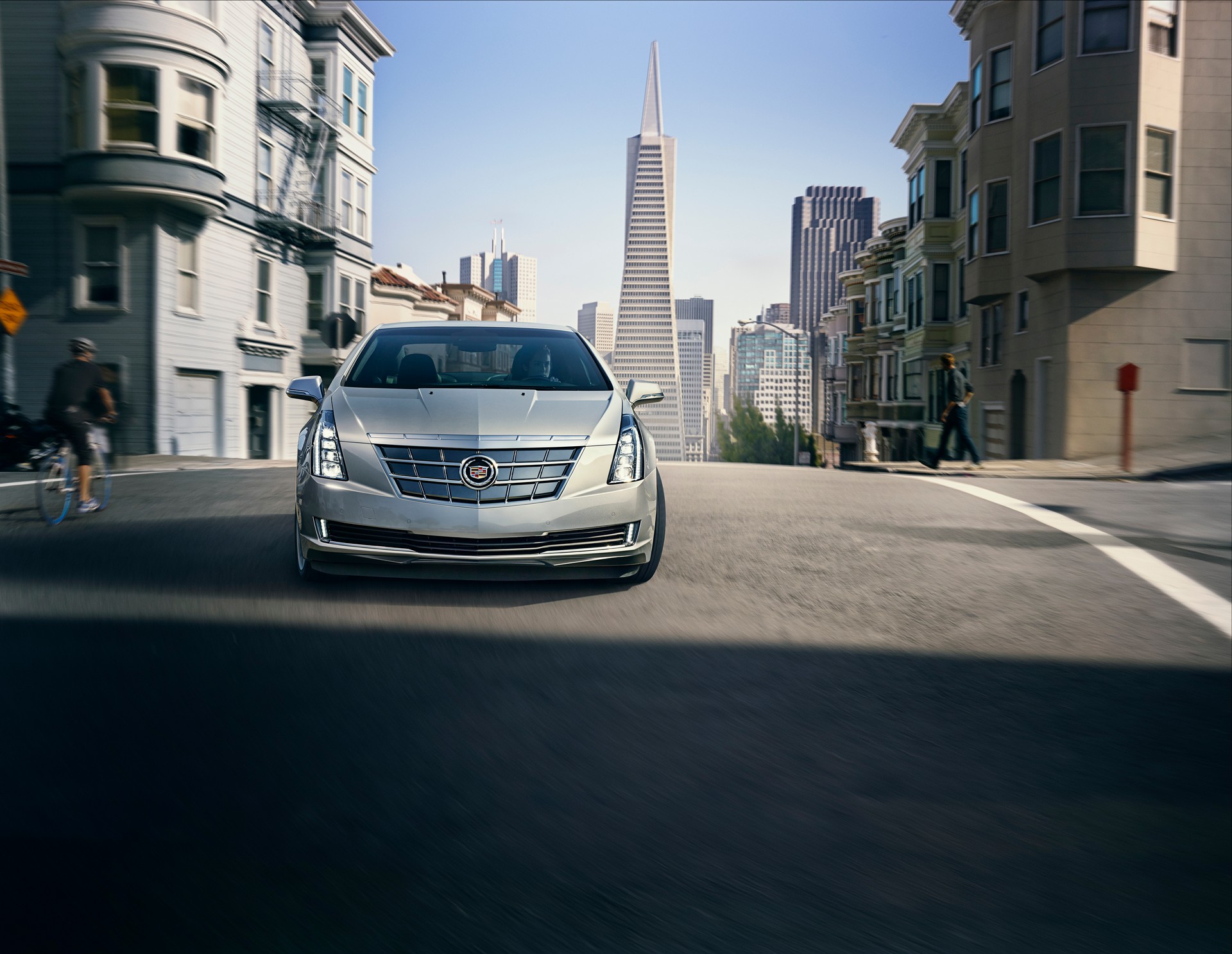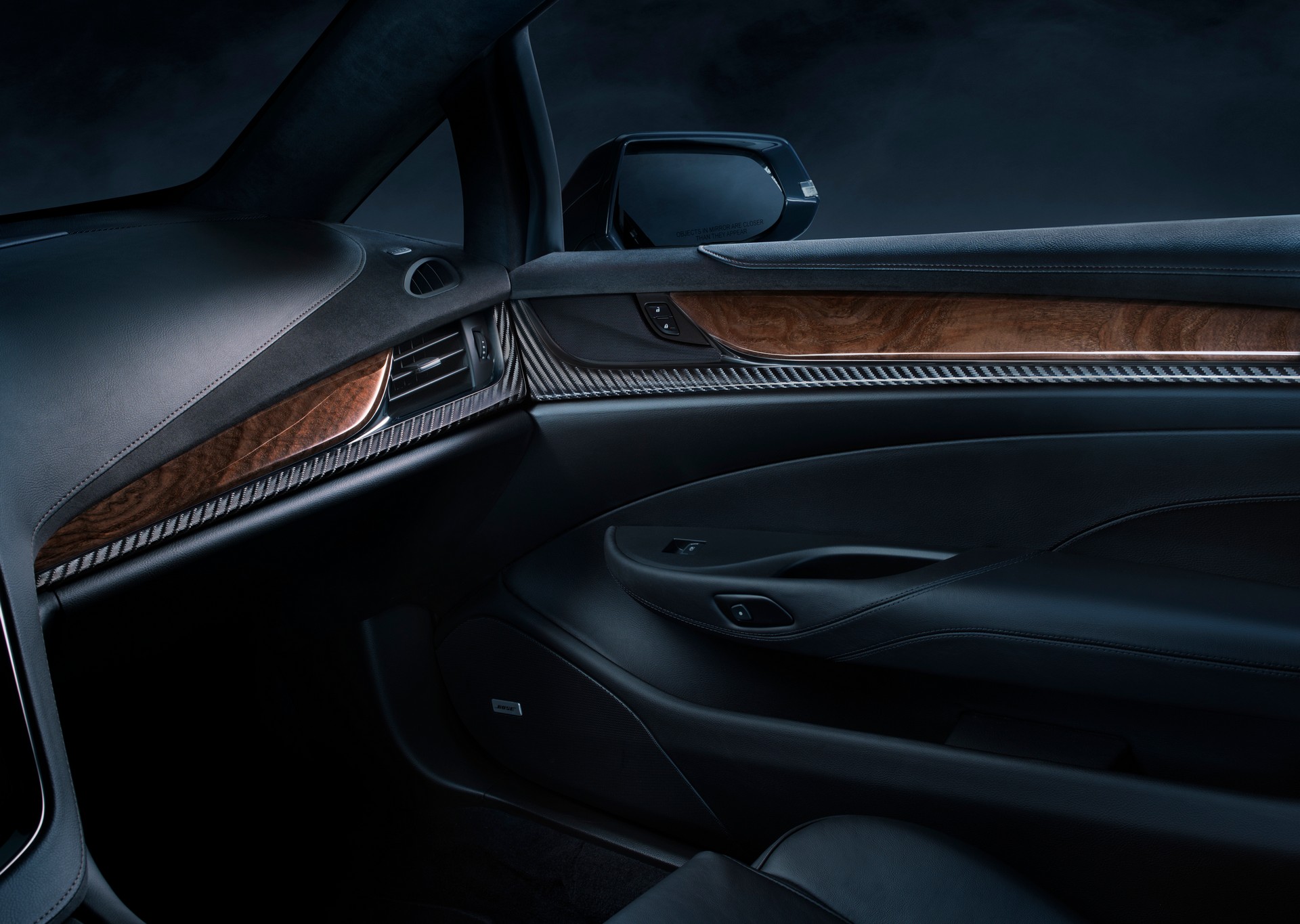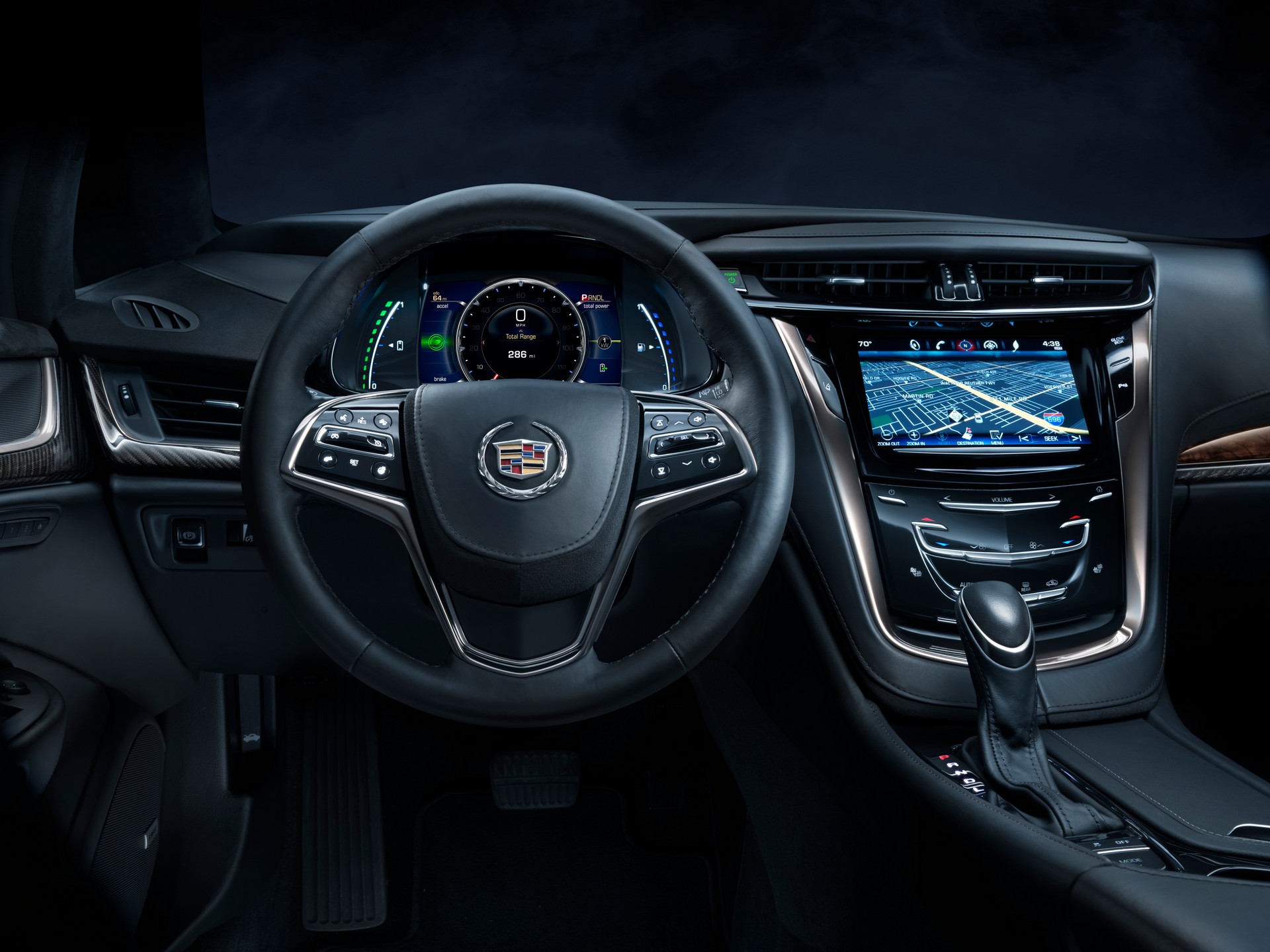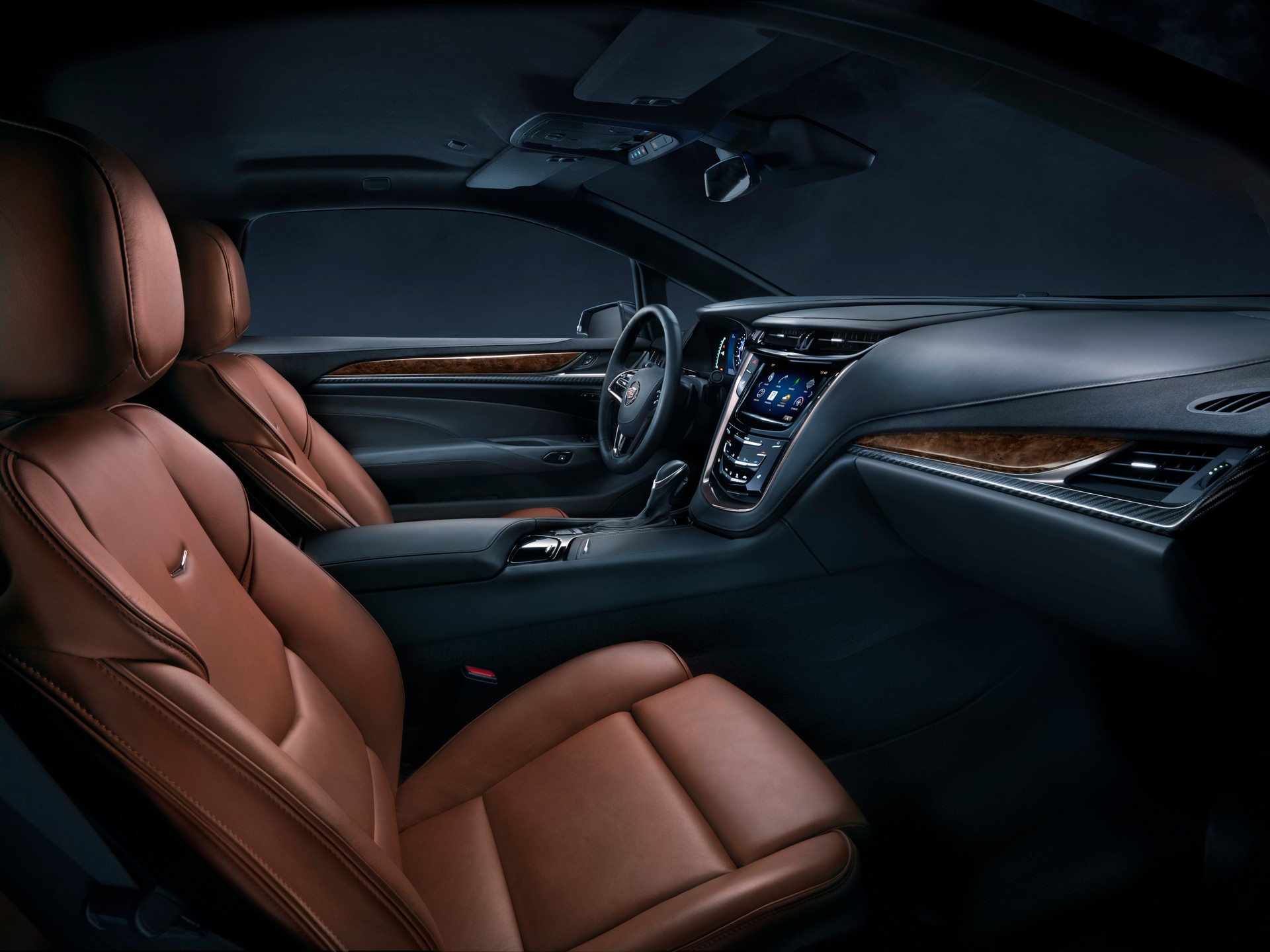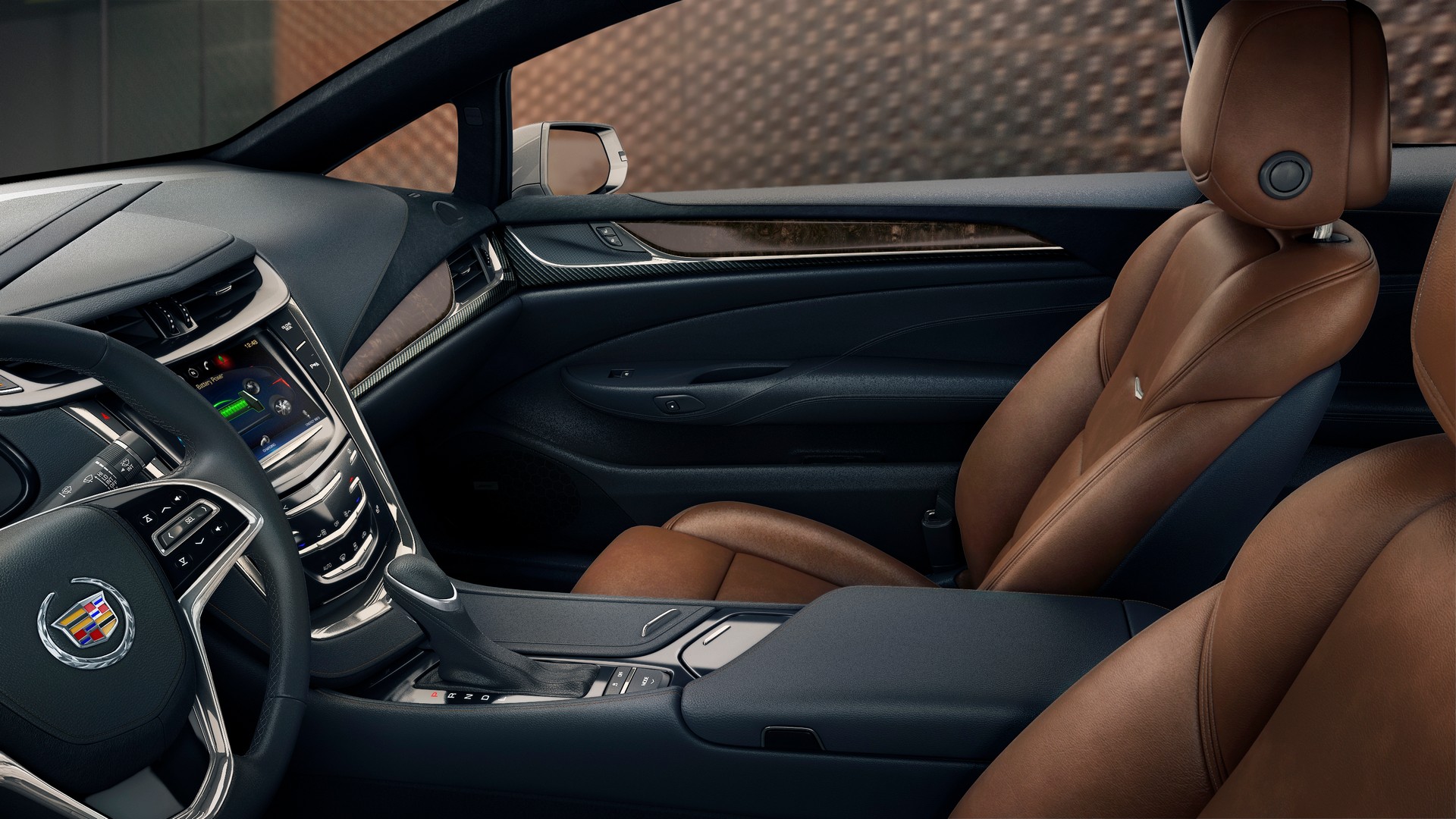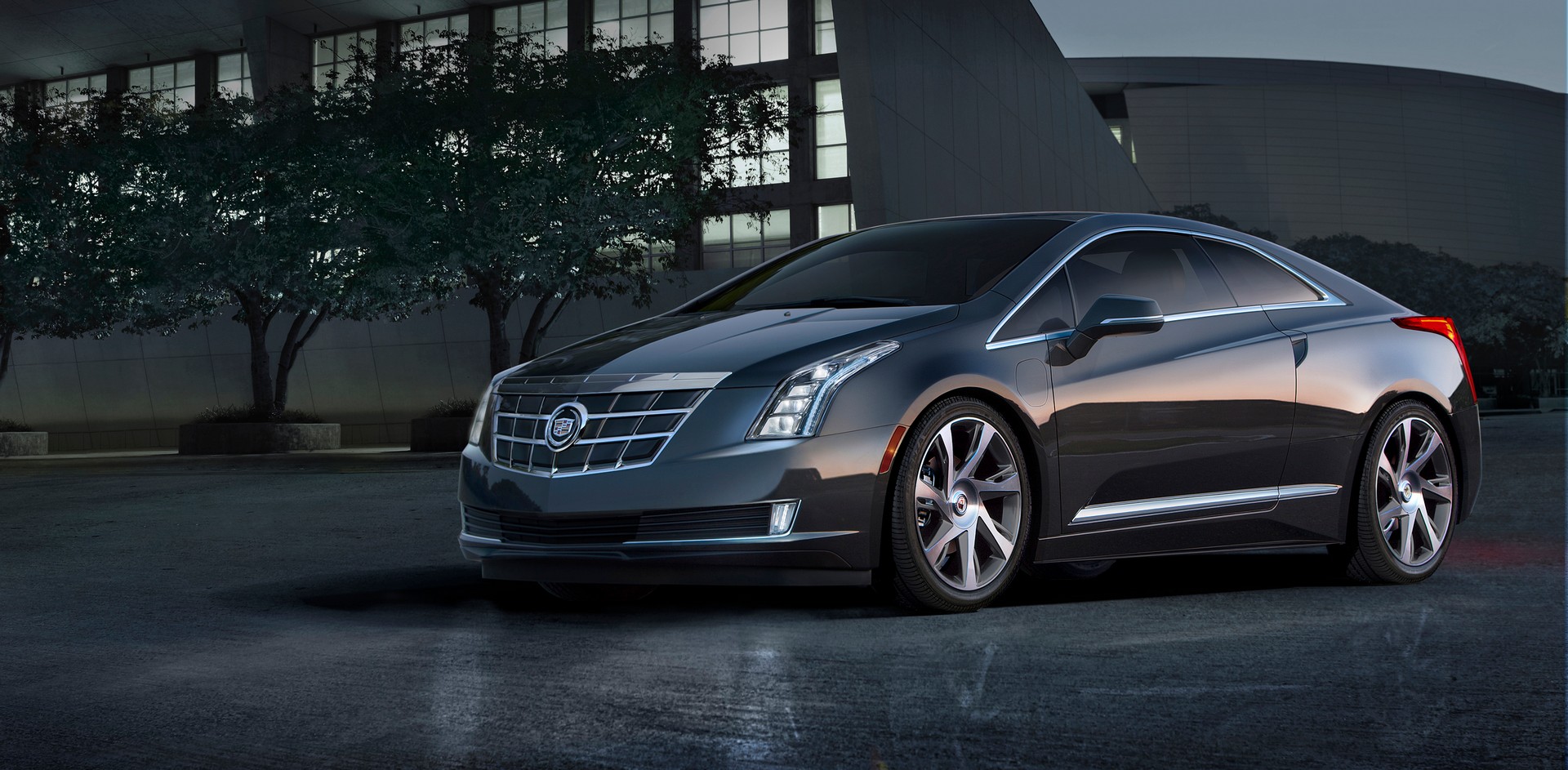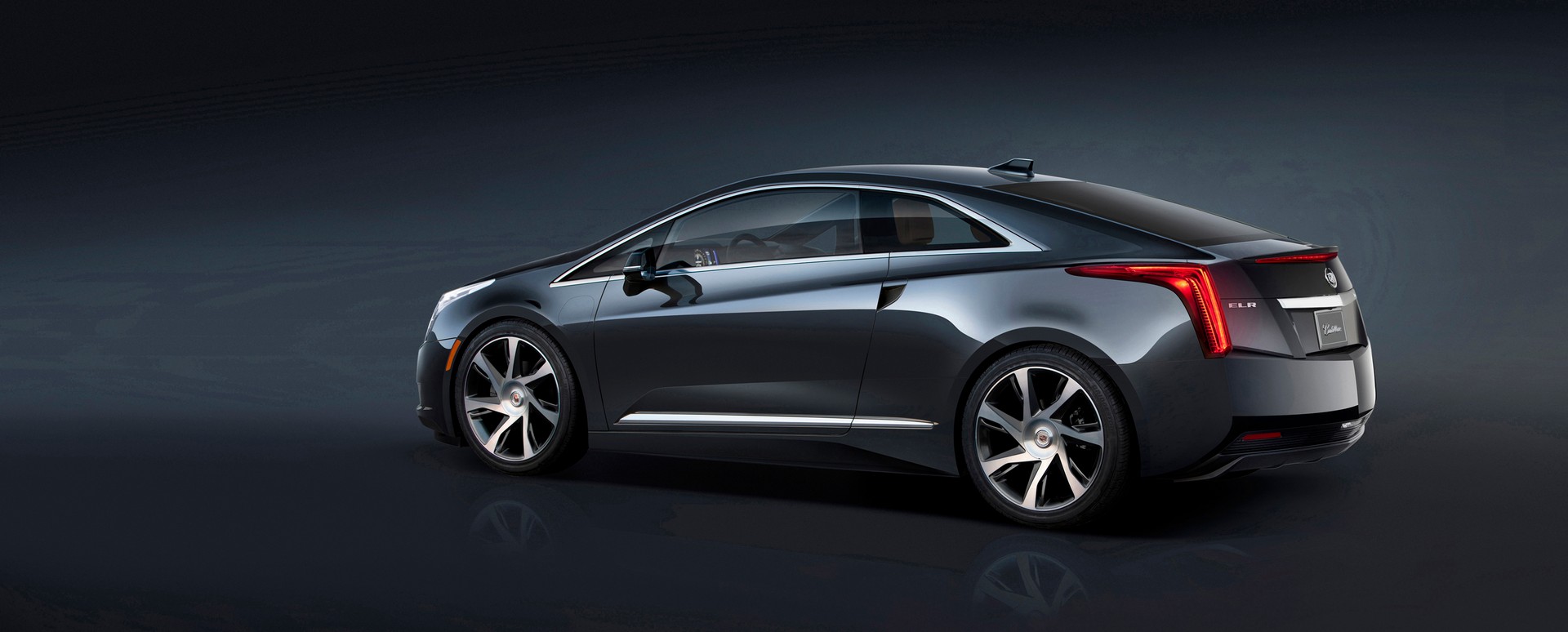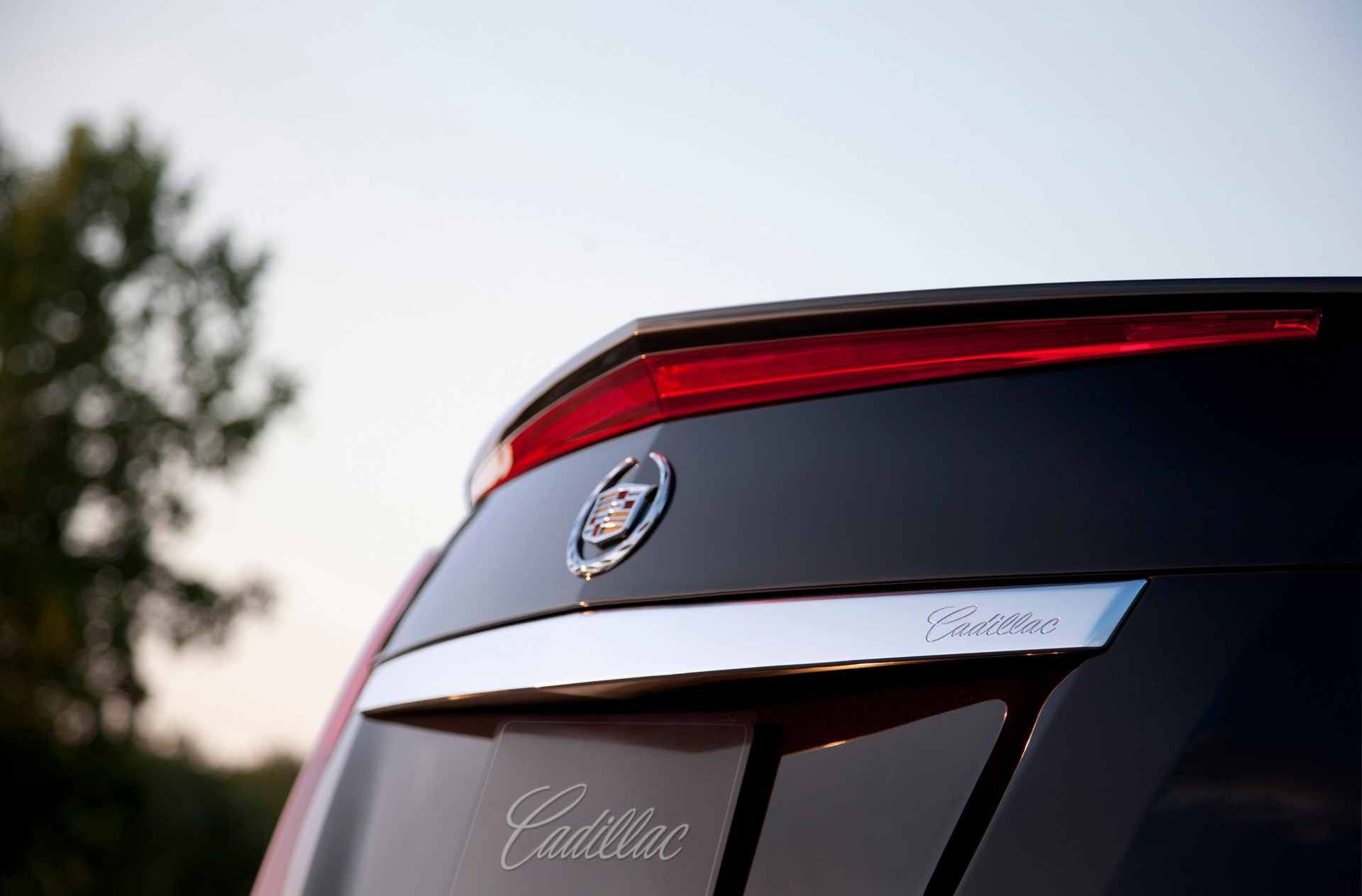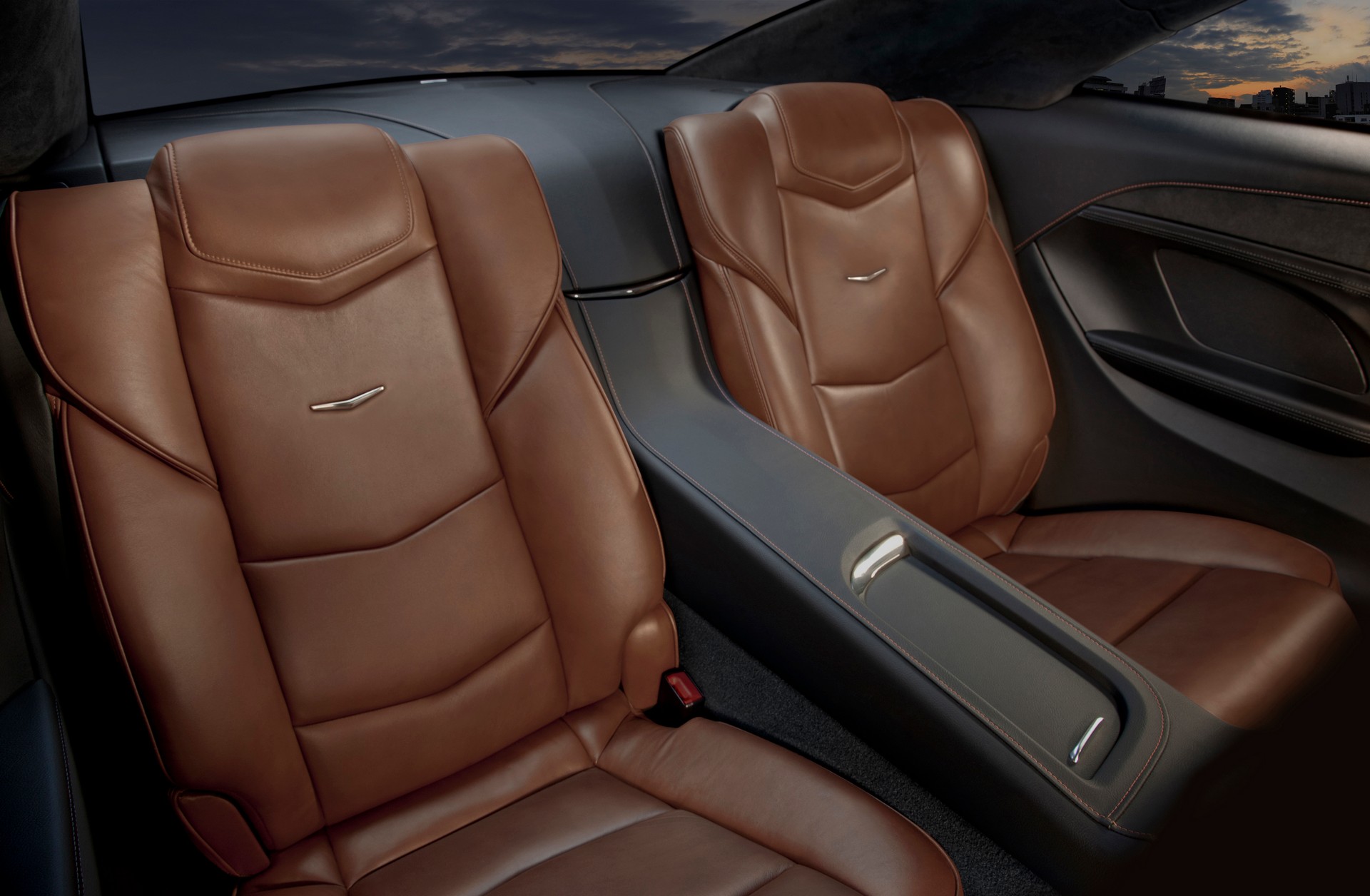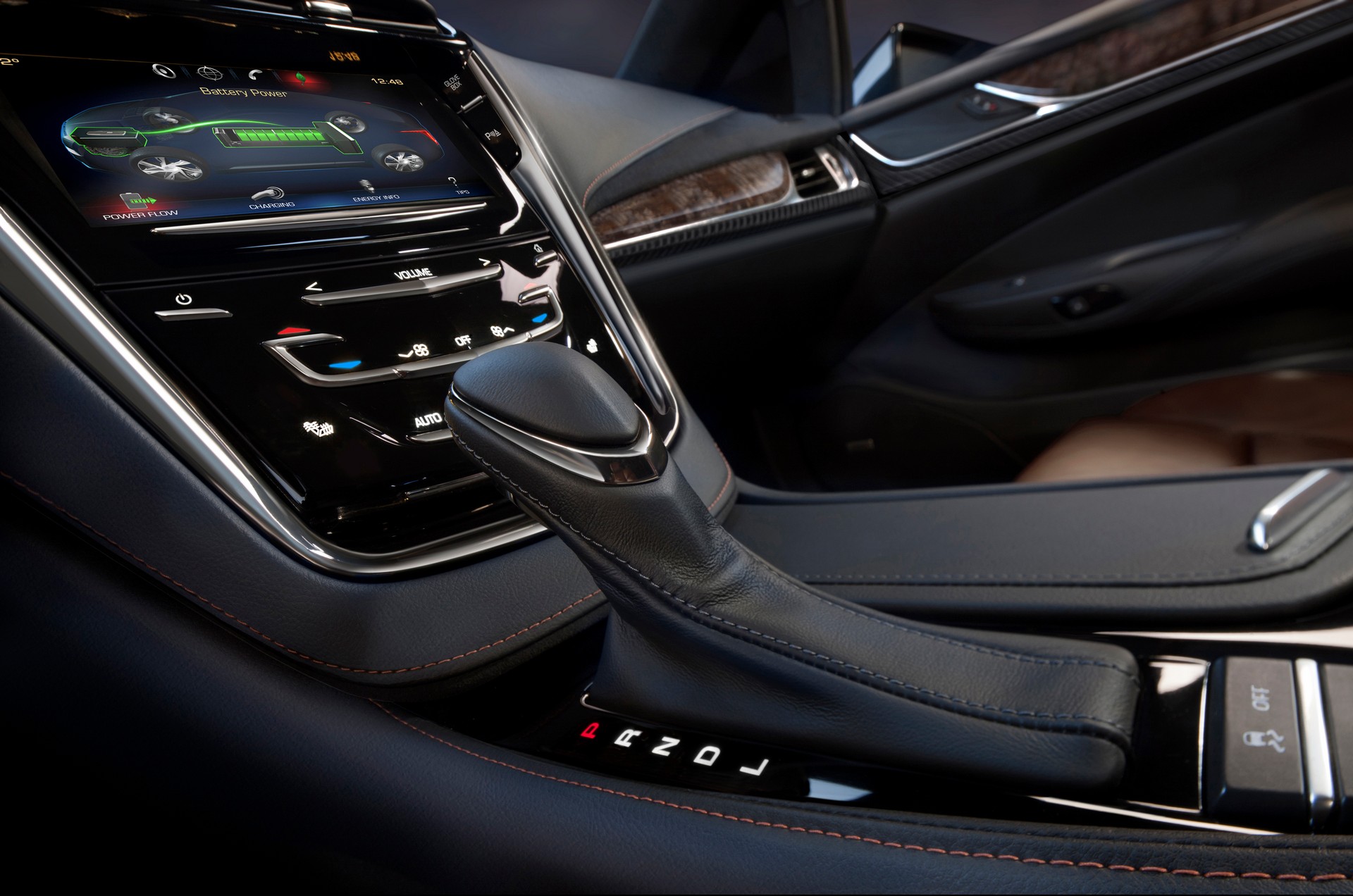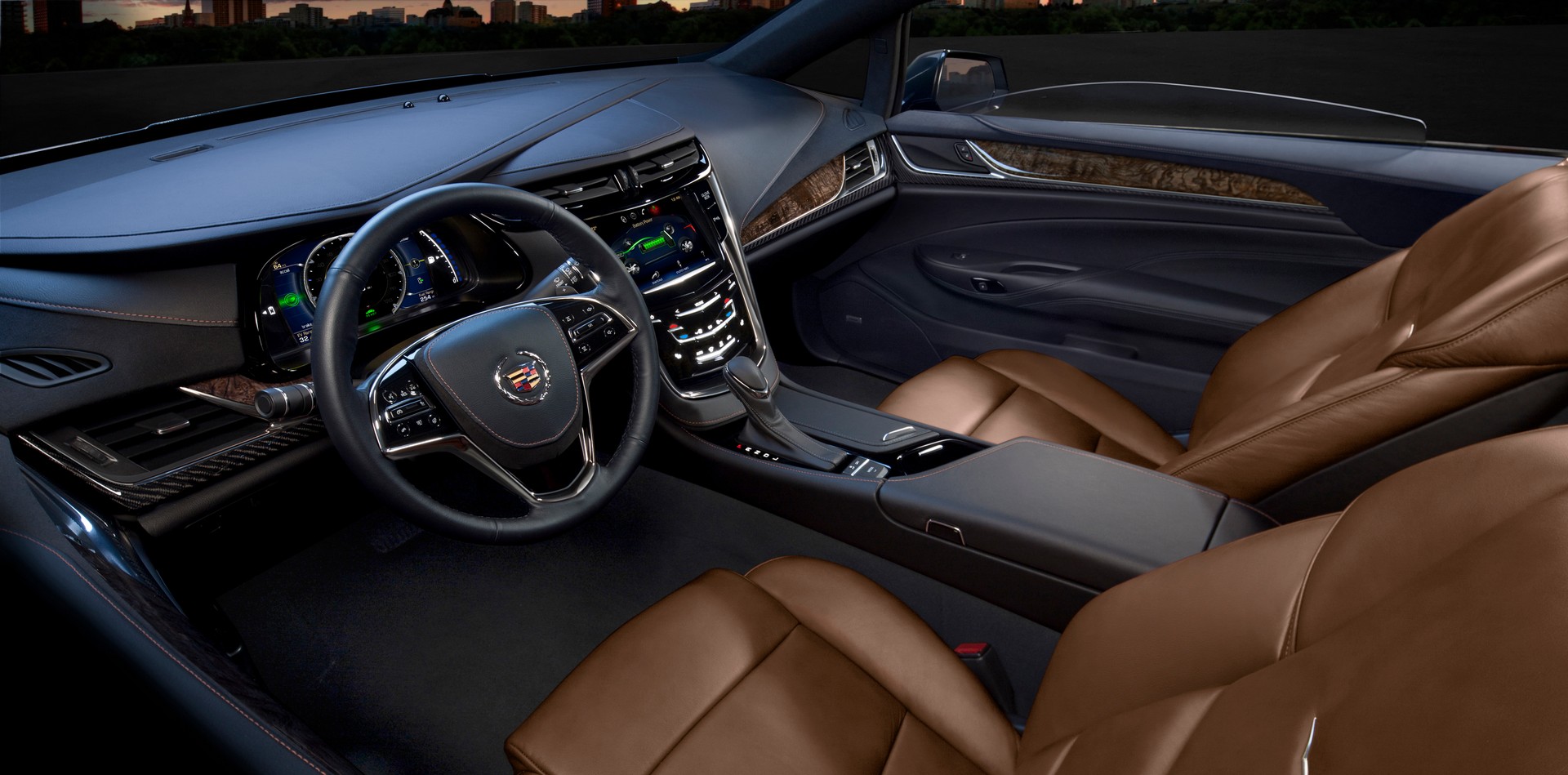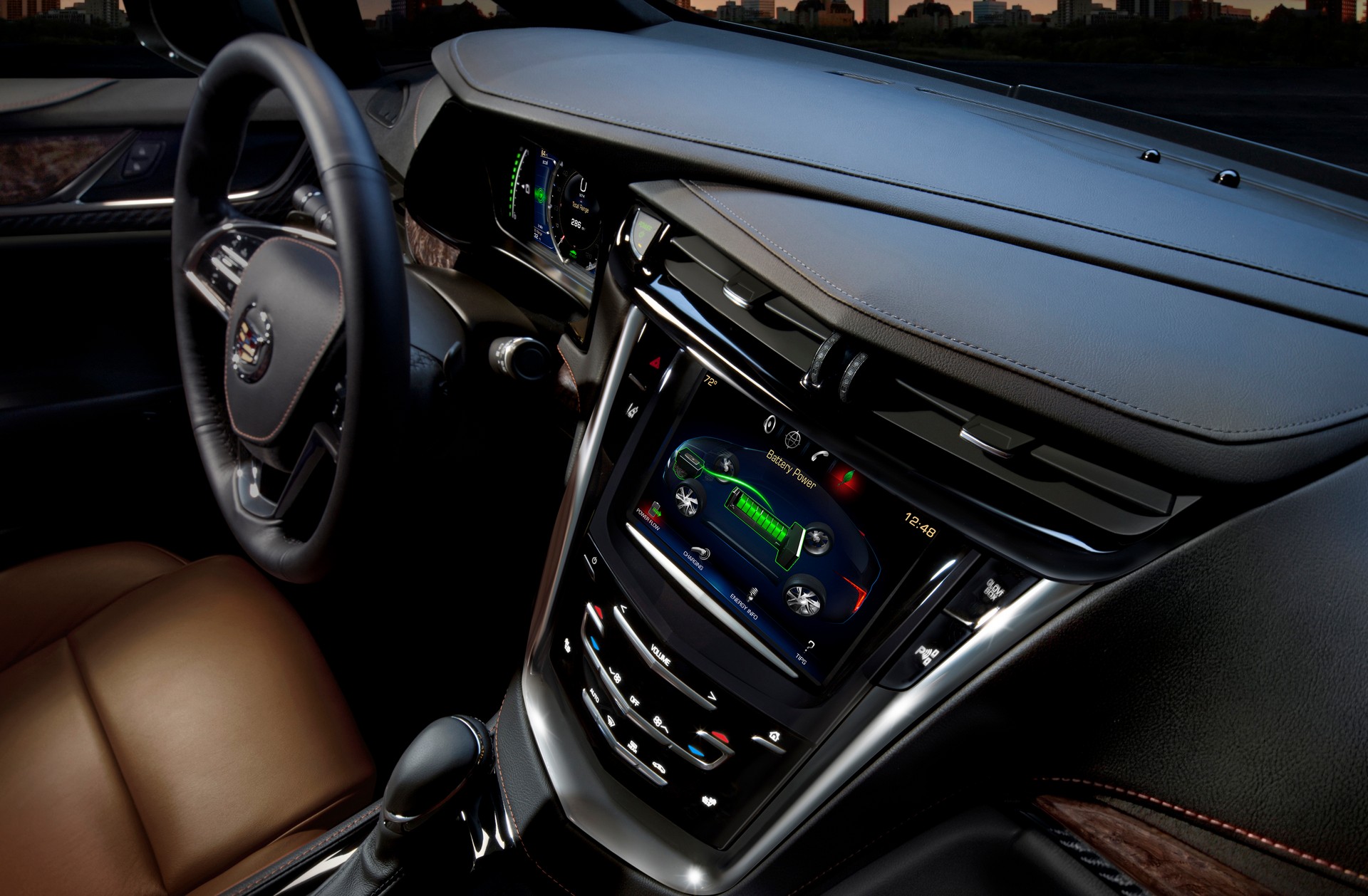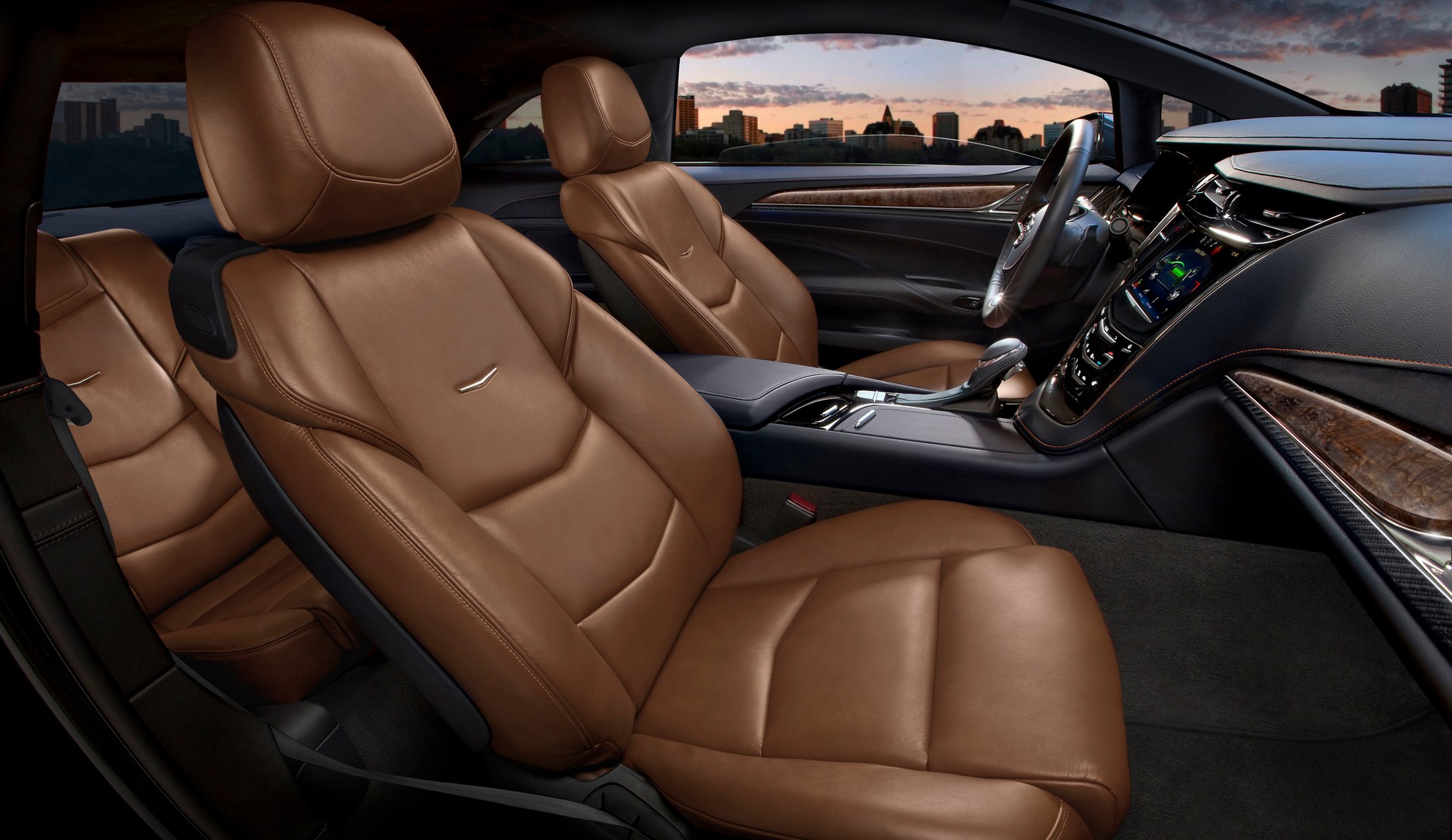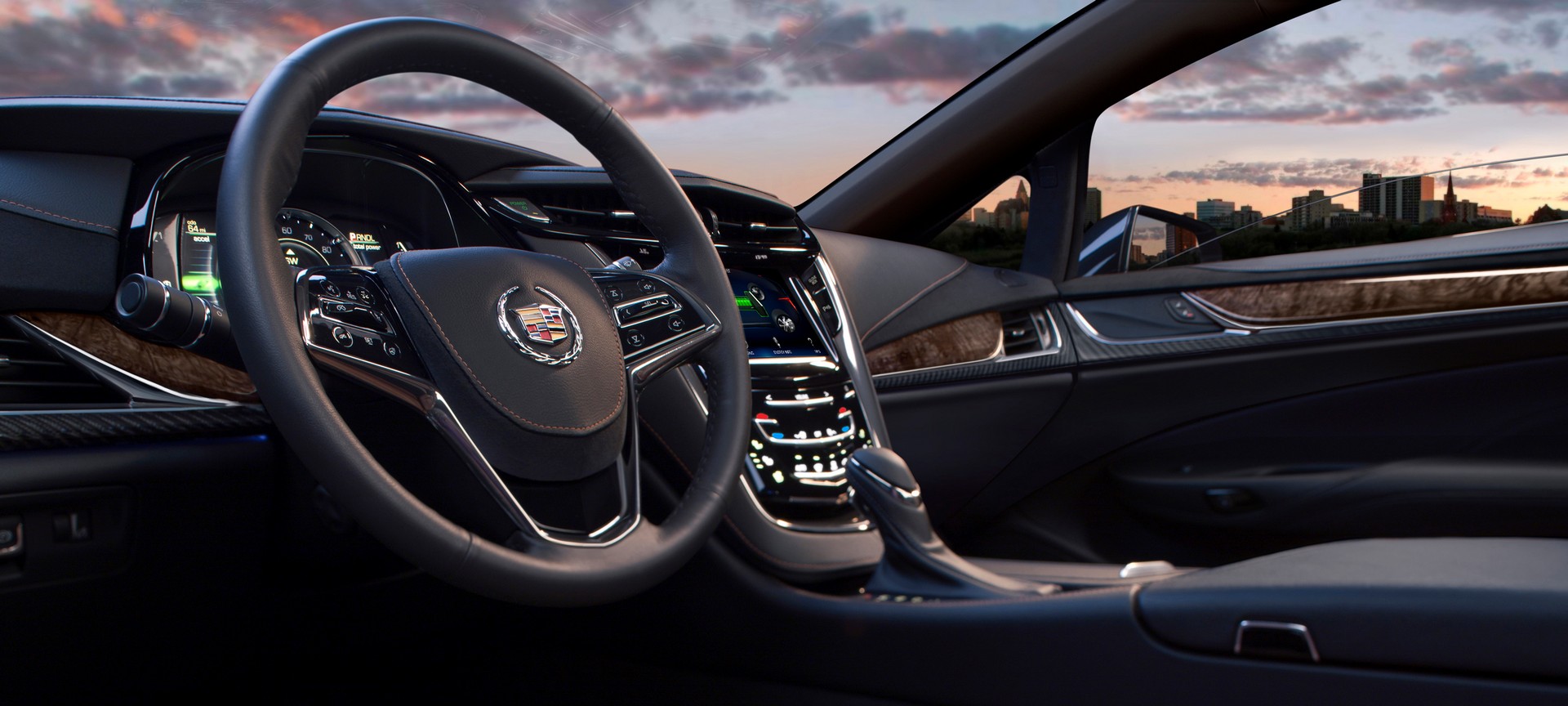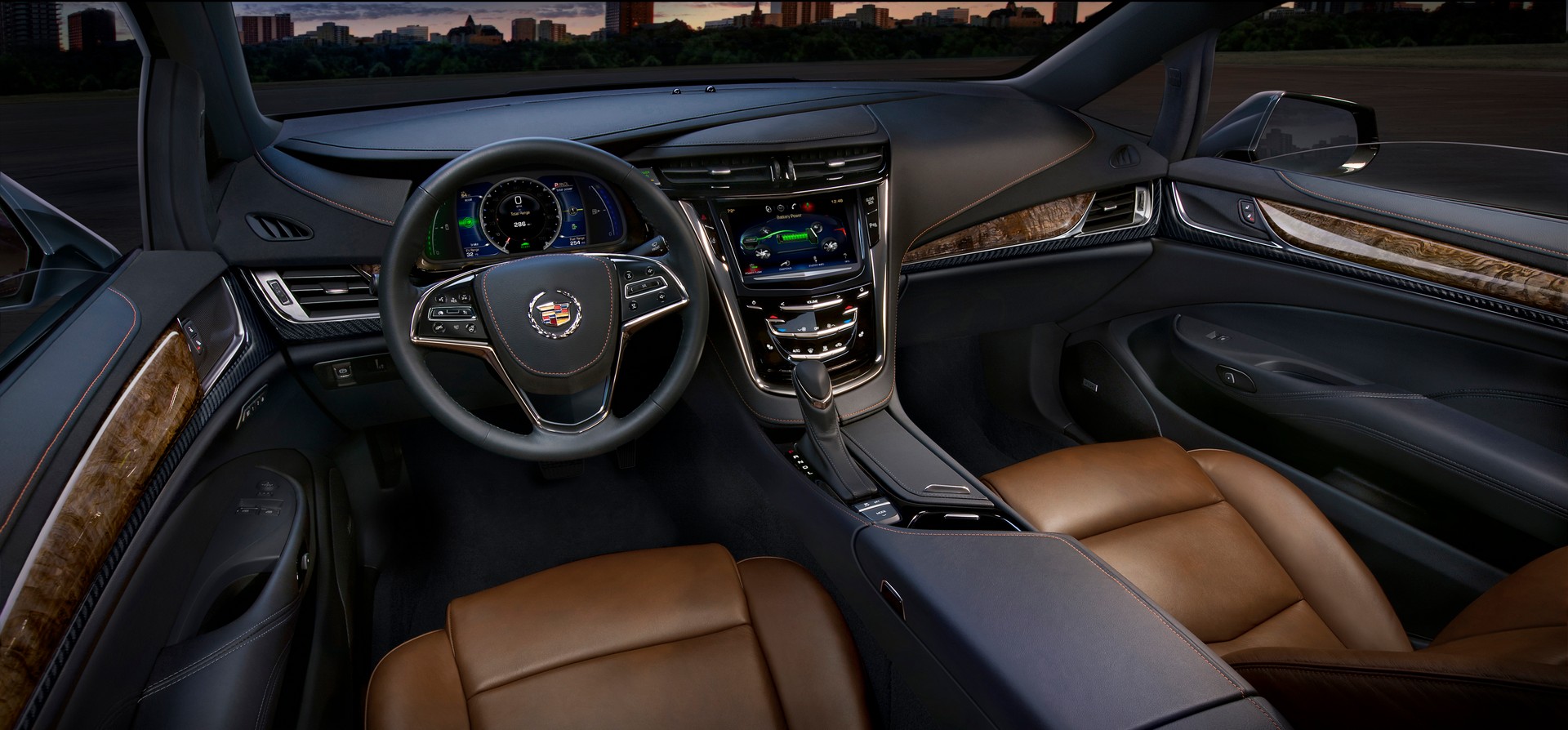Cadillac introduced the 2023 Lyriq earlier today and announced plans to phase out internal combustion engines by 2030.
While the Lyriq looks promising, it’s not Cadillac’s first electric vehicle. With that in mind, lets take a look back at the range-extended ELR.
Essentially a production version of the 2009 Converj concept, the ELR was an ill-fated halo vehicle that was decried as an overpriced Chevrolet Volt with sleeker styling. While there’s no denying the connection to the Volt, the ELR was far sexier as it was a coupe that featured Cadillac’s Art & Science design philosophy.
Also Read: 2023 Cadillac Lyriq Electric SUV Unveiled In Production Form, Arrives Next Year For Under $60k
Starting up front, there was an aerodynamic fascia with an angular grille that was flanked by vertical LED headlights. The model also had a rakish windscreen, hidden door handles and an integrated rear spoiler. They helped to give the car a drag coefficient of 0.305, but that isn’t too impressive these days.
Besides the sleek styling, the ELR was equipped with 20-inch wheels wrapped in specially developed low-rolling-resistance tires. The model also featured unique side mirrors with indicators that would “pulse green” when the vehicle was charging.
The 2+2 interior was one of Cadillac’s better efforts as it featured cut-and-sewn leather, sueded microfiber, wood trim and chrome accents. Drivers would also find an 8-inch digital instrument cluster, a 10-speaker Bose audio system, and an 8-inch infotainment system with GPS navigation. The latter featured natural voice recognition technology and a motorized faceplate which would lift to reveal a hidden storage compartment.
When the ELR was introduced, Cadillac boasted that the infotainment system used Linux and a three-core processor. While the latter isn’t impressive in an age of octa-core smartphones, the company said it offered “3.5 times more processing power than current infotainment systems.”
Sticking with the tech theme, the ELR had an assortment of driver assistance systems including adaptive cruise control, forward collision alert, lane departure warning, and side blind zone alert with rear cross-traffic alert. The model also came with a driver-activated pedestrian warning system, which was designed for use at intersections.
Despite the sleek styling, the ELR was no sports car as it had 217 hp (162 kW / 220 PS) and 295 lb-ft (400 Nm) of torque. Acceleration was lackluster as the dash from 0-60 mph (0-96 km/h) took 7.8 seconds in range extending mode and 8.8 seconds in EV mode. If drivers kept the accelerator floored long enough, the model would eventually top out at 106 mph (171 km/h).
On the bright side, the 16.5 kWh lithium-ion battery pack allowed the ELR to travel an EPA-estimated 37 miles (60 km) on electricity alone. That’s longer than the average daily commute and a 1.4-liter four-cylinder range-extending engine increased the overall range to 340 miles (547 km).
Speaking of the powertrain, the ELR had four driving modes known as Sport, Tour, Mountain and Hold. While the first two are self-explanatory, Mountain mode was designed for use in mountainous environments where “vehicle performance could otherwise be compromised.” Hold mode, on the other hand, would direct the ELR to use its range-extending engine to reserve the battery for later use.
While the ELR was interesting, it stickered for $75,995 and even a $7,500 federal tax credit couldn’t get people interested. Only 1,310 units were sold in the United States in 2014 and Cadillac skipped the 2015 model year entirely.
When the ELR ‘returned’ in 2016, it featured a retuned suspension and a lower base price of $65,995. The model also had a upgraded powertrain that developed 233 hp (174 kW / 237 PS) and 373 lb-ft (506 Nm) of torque. This slashed the 0-60 mph (0-96 km/h) time by 1.5 seconds, but sales never improved and Cadillac pulled the plug shortly thereafter.




